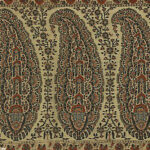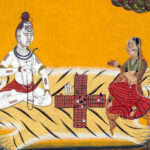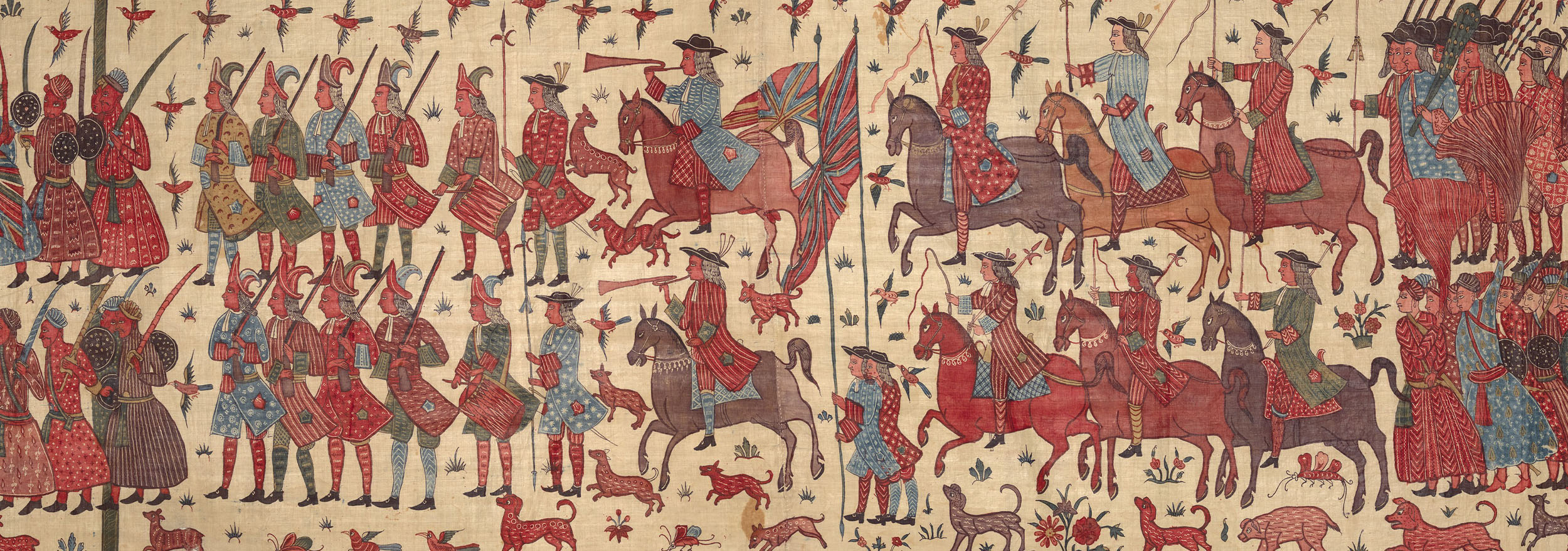

COLLECTIONS
Curated groups of articles from across our Encyclopedia
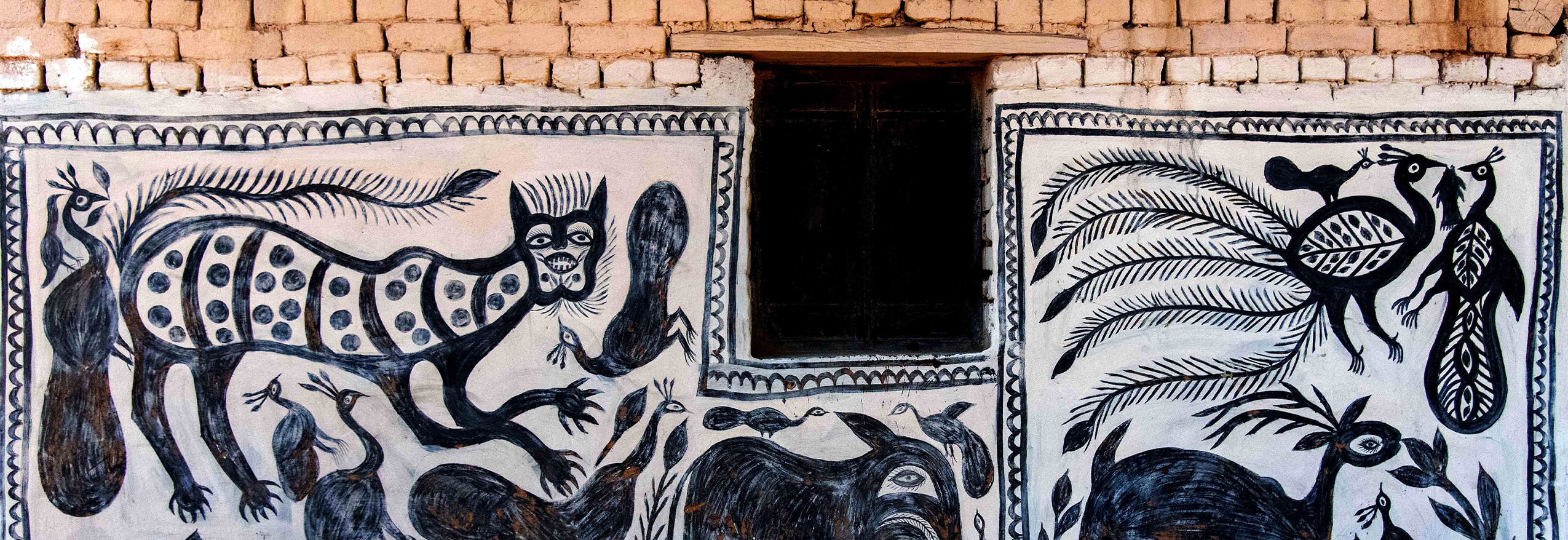
COLLECTION
Walls of Fortune: Indian Mural Painting Traditions
As the mud walls of homes and communal spaces are periodically renewed in Indian villages, they come alive with fresh...
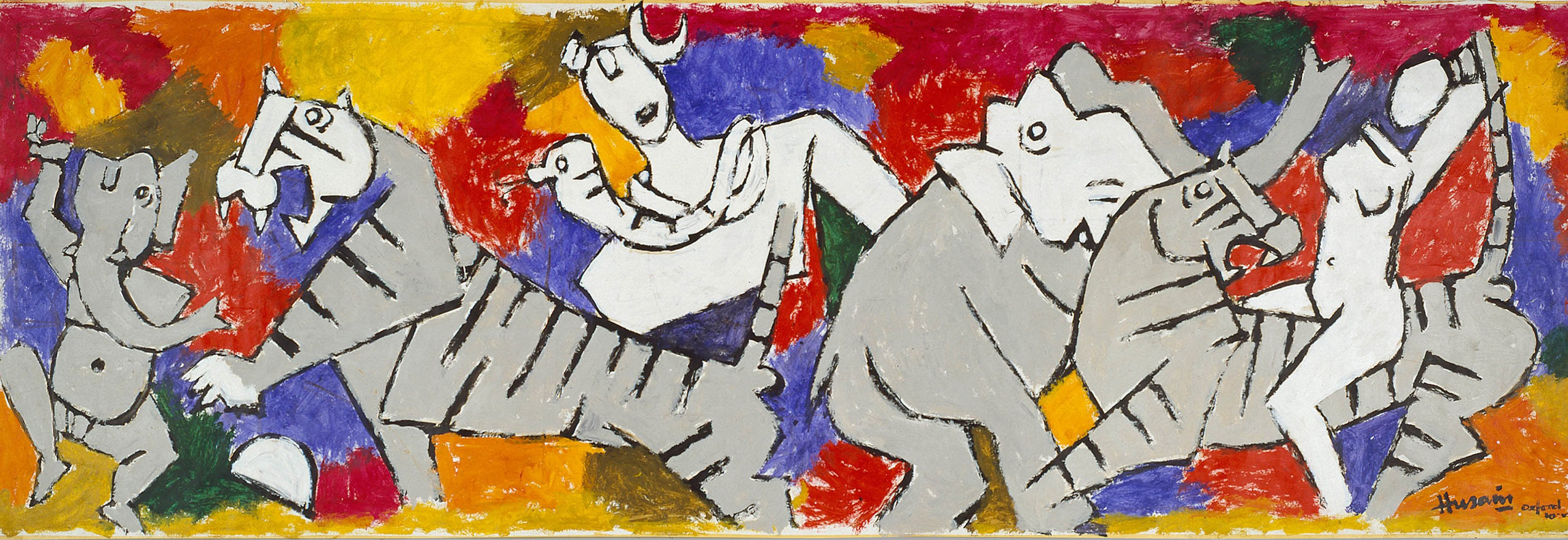
COLLECTION
Bridging Worlds: Movements in Modern and Contemporary Indian Art
Influenced by the rapid socio-political developments in the West and inspired by the struggle against colonial rule a...
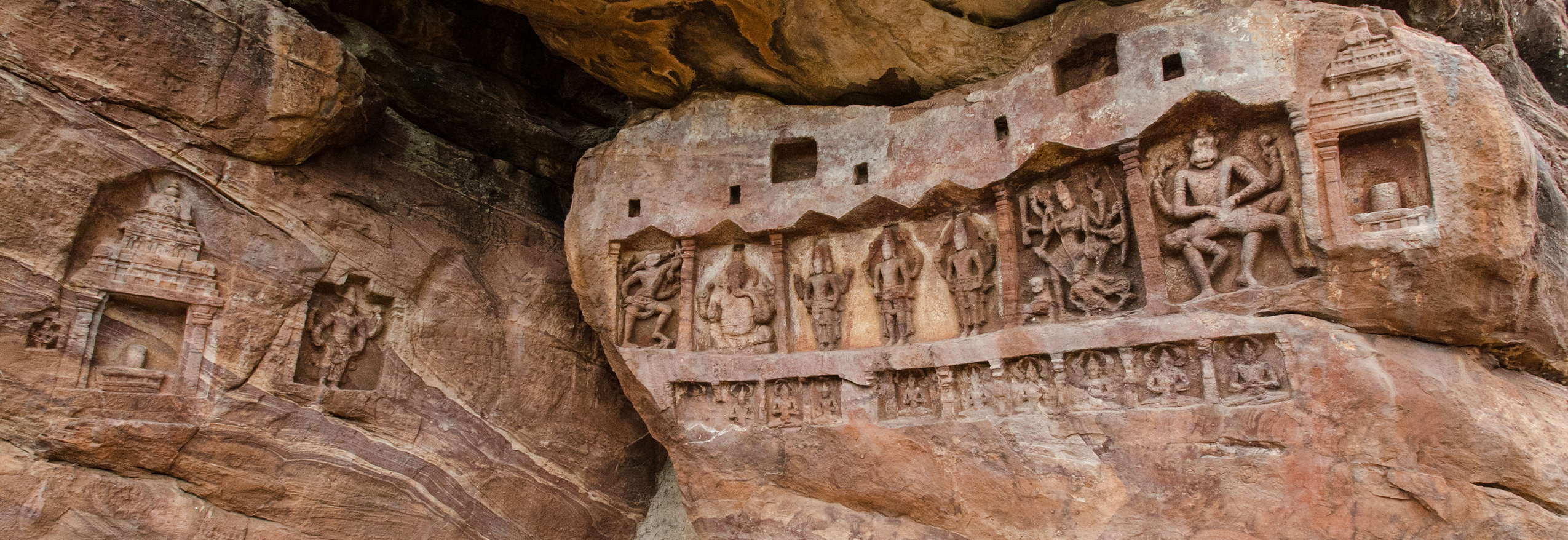
COLLECTION
Sacred Hollows: Cave Temples of the Deccan
Between the third century BCE and the tenth century CE, various imperial dynasties in the Indian peninsula carved eno...
Includes 15 articles
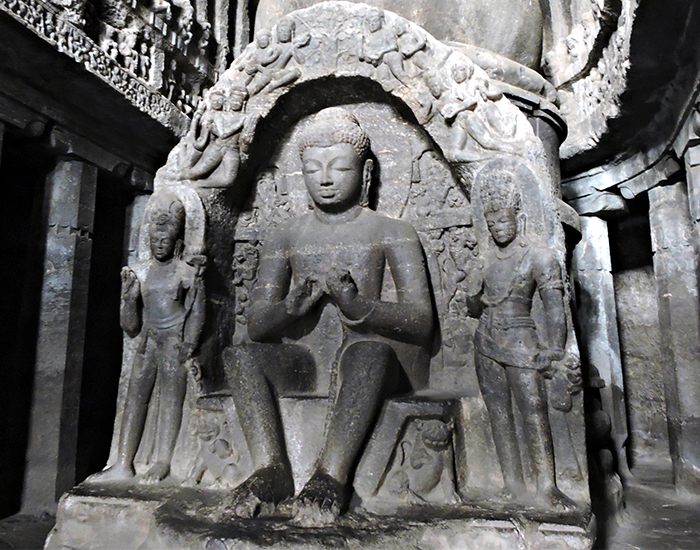 Seated Buddha, Vishvakarma Cave, Ellora
Seated Buddha, Vishvakarma Cave, Ellora
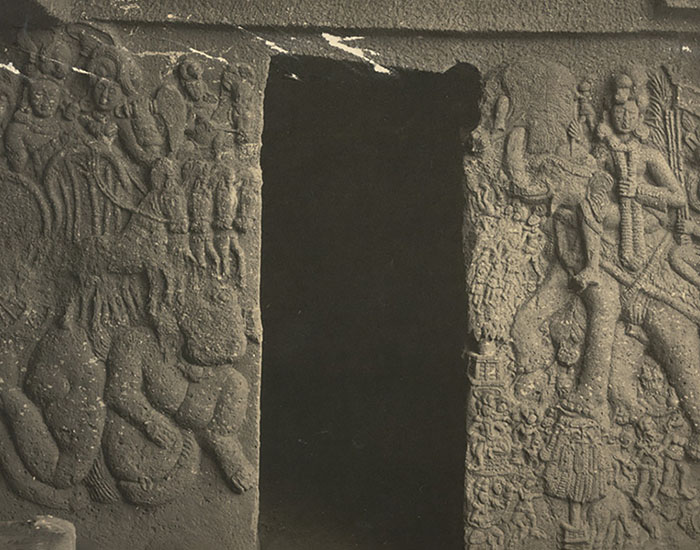 Bhaja Sculptures
Bhaja Sculptures
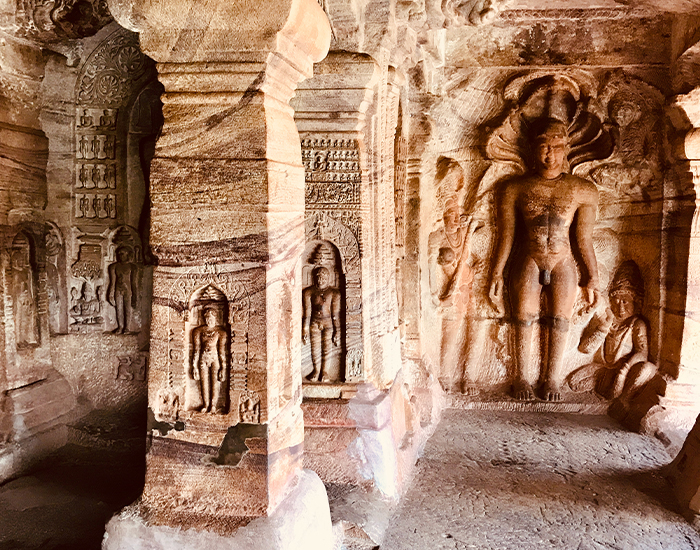 Badami Cave 4
Badami Cave 4
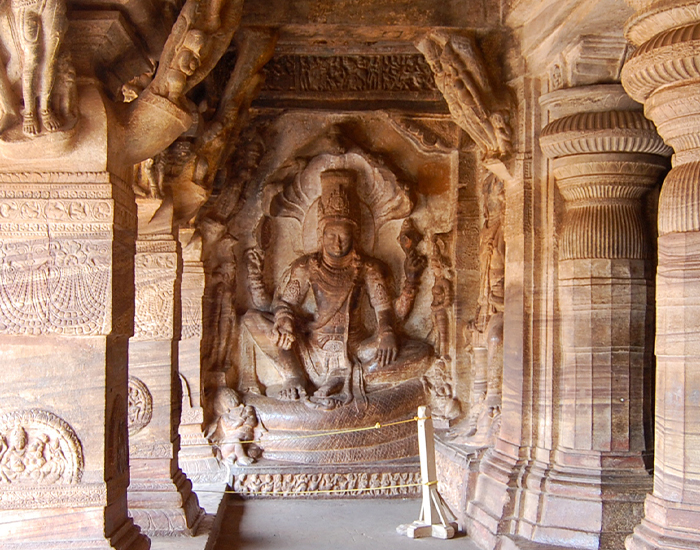 Badami Caves 2 and 3
Badami Caves 2 and 3
 Badami Cave 1
Badami Cave 1
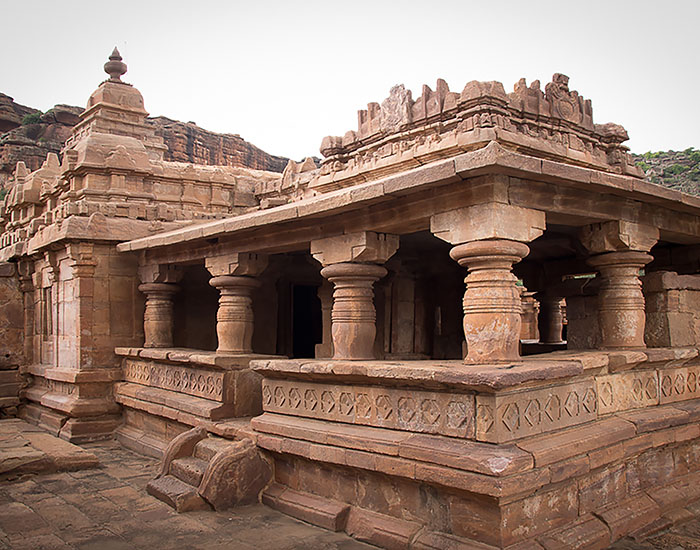 Badami Cave Temples
Badami Cave Temples
 Ajanta Cave 1
Ajanta Cave 1
 Ajanta Caves
Ajanta Caves
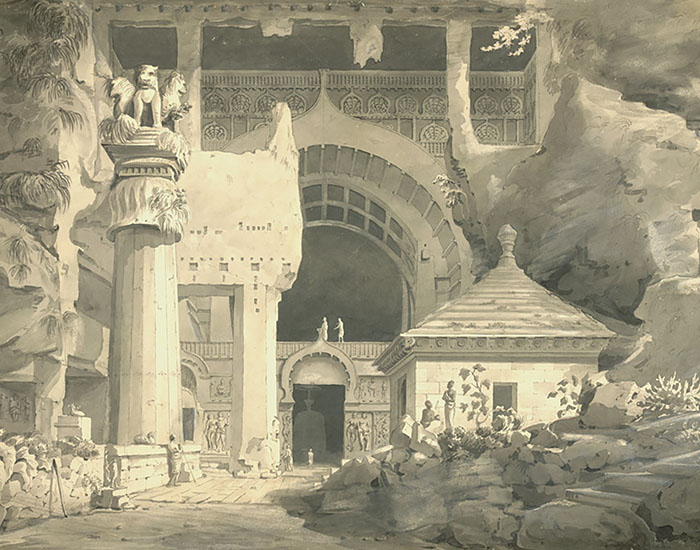 Karle Caves
Karle Caves
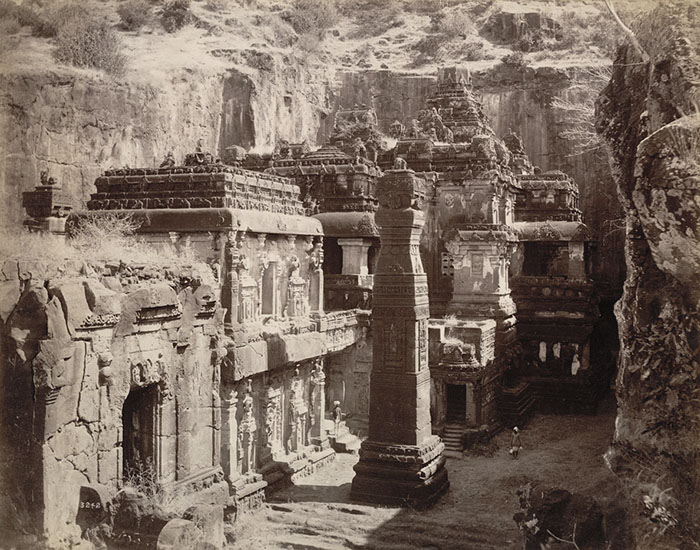 Kailasanatha Temple, Ellora
Kailasanatha Temple, Ellora
 Ellora Caves
Ellora Caves
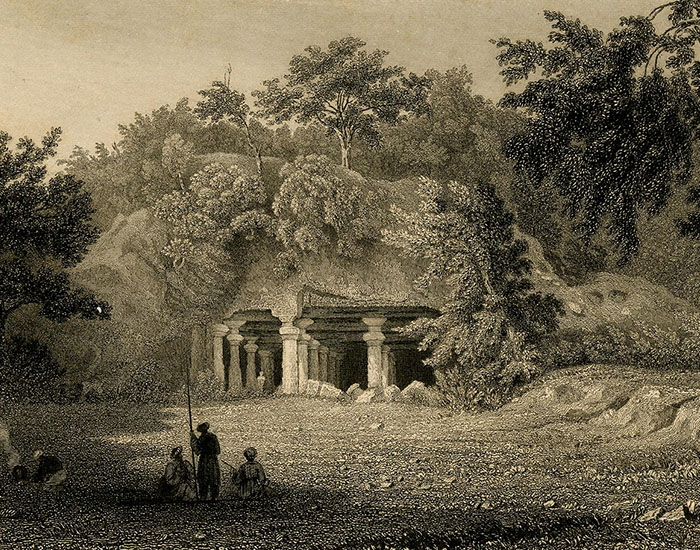 Elephanta Caves
Elephanta Caves
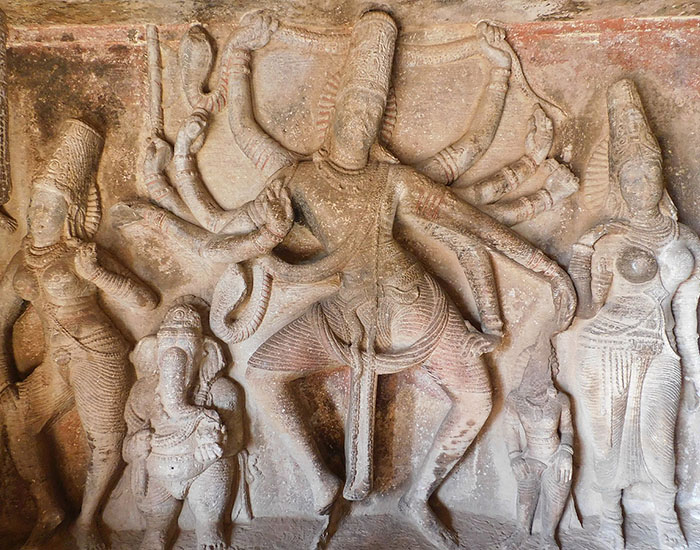 Ravanaphadi Cave, Aihole
Ravanaphadi Cave, Aihole
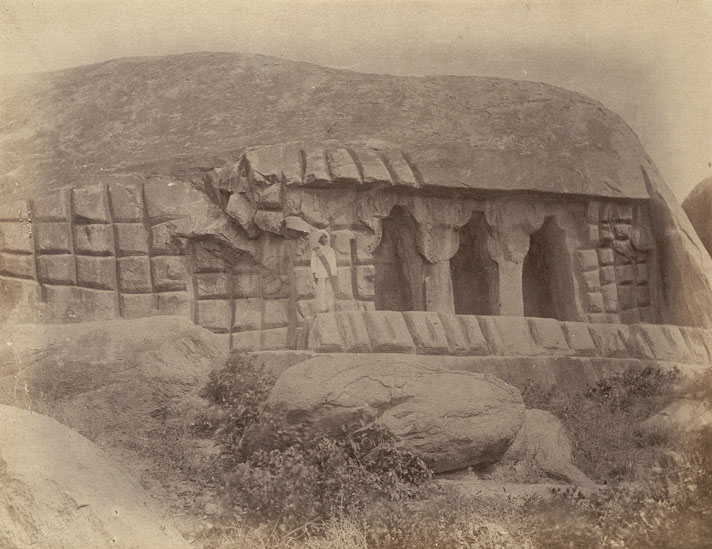 Thirumalapuram Cave Shrines
Thirumalapuram Cave Shrines
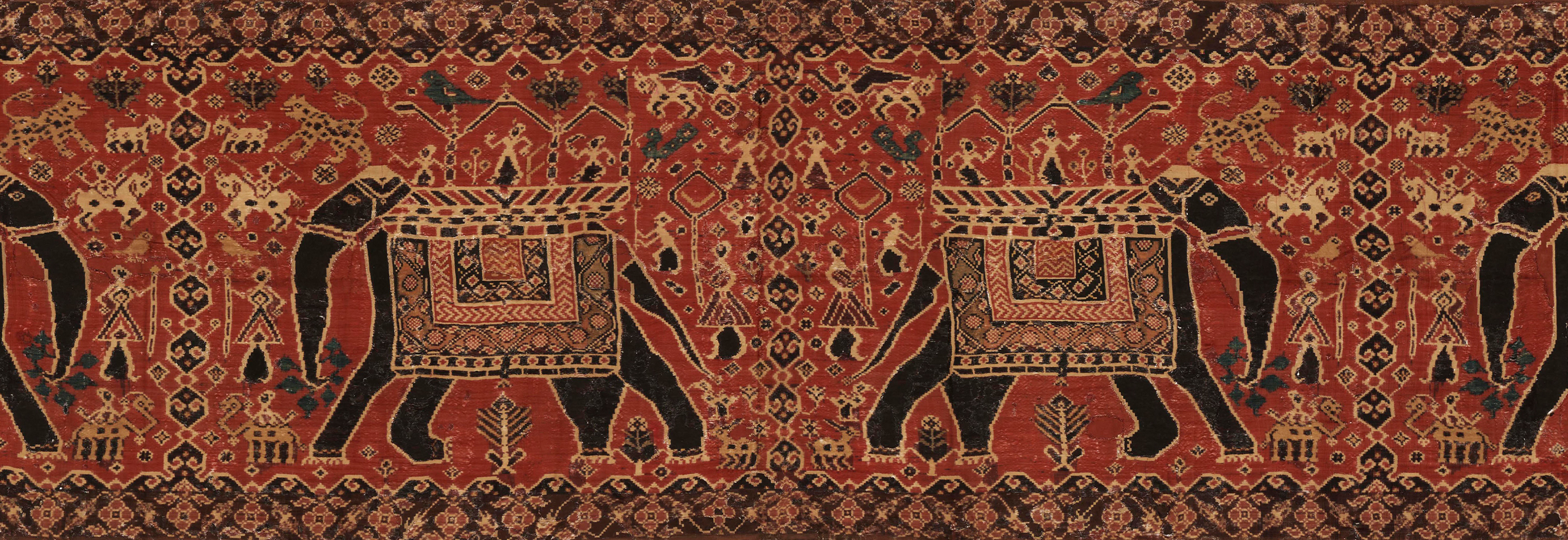
COLLECTION
The Ties That Bind: Indian Wedding Textiles
Weddings in India revolve around diverse religious and folk ceremonies, with rituals and offerings to ward off evil a...
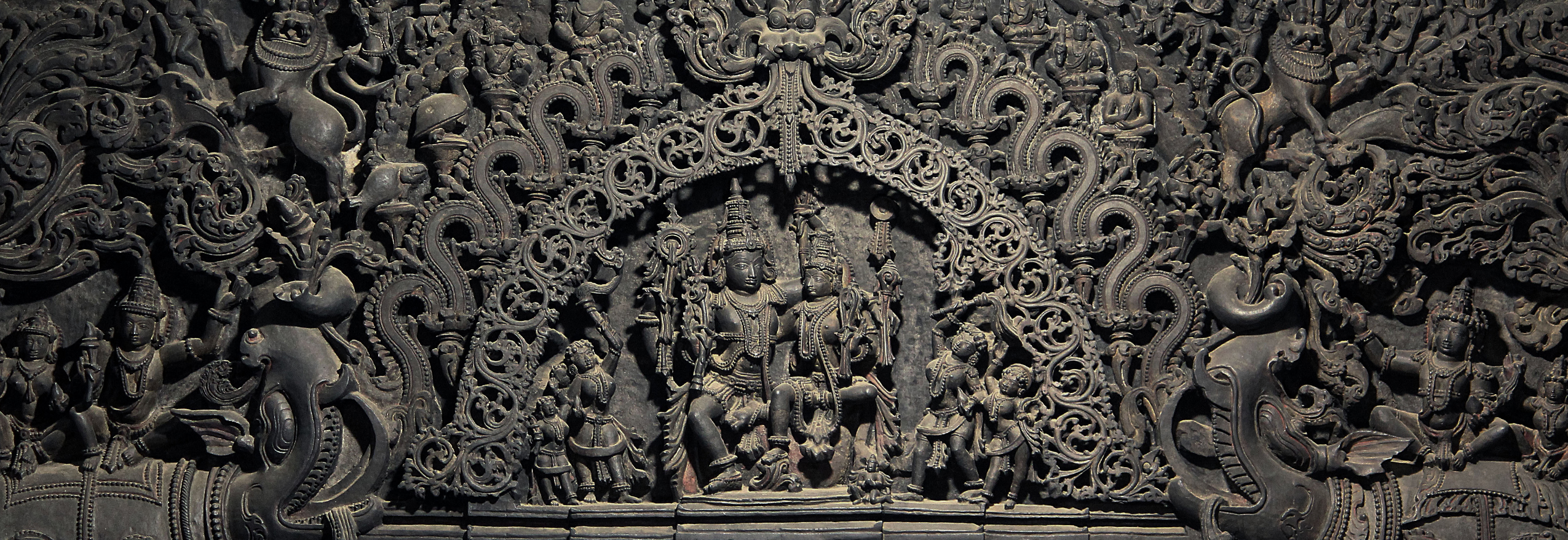
COLLECTION
Stories from Signatures: Discovering Hoysala Master Sculptors
Having built 1,500 temples within a span of 180 years (c. 1100–1280), the Hoysalas are among the greatest builders of...
Includes 5 articles
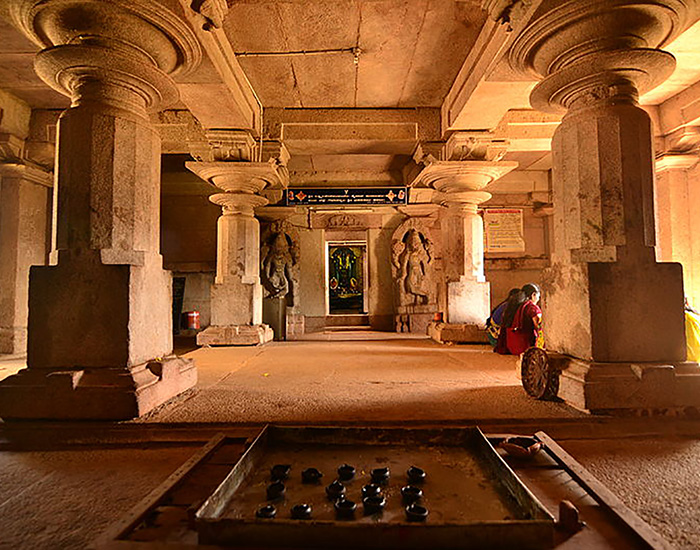 Jakanachari
Jakanachari
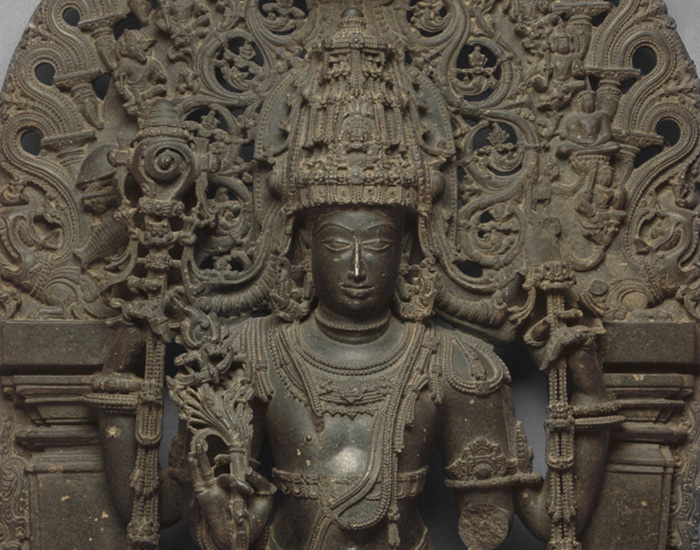 Dasoja
Dasoja
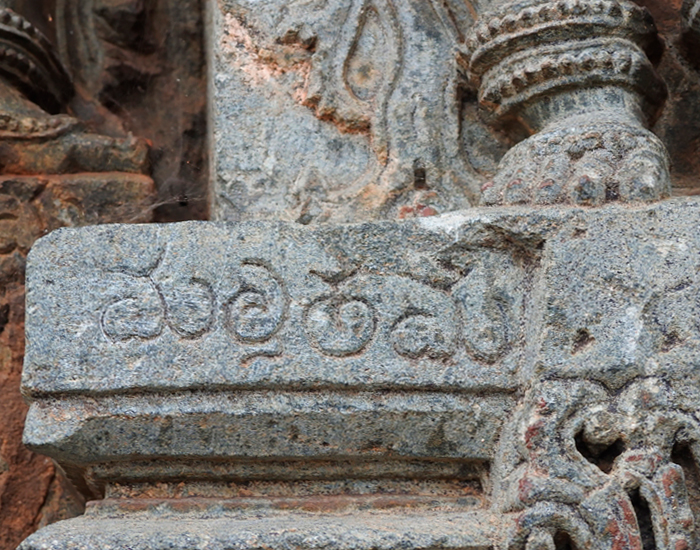 Ruvari Mallithamma
Ruvari Mallithamma
 Chavana
Chavana
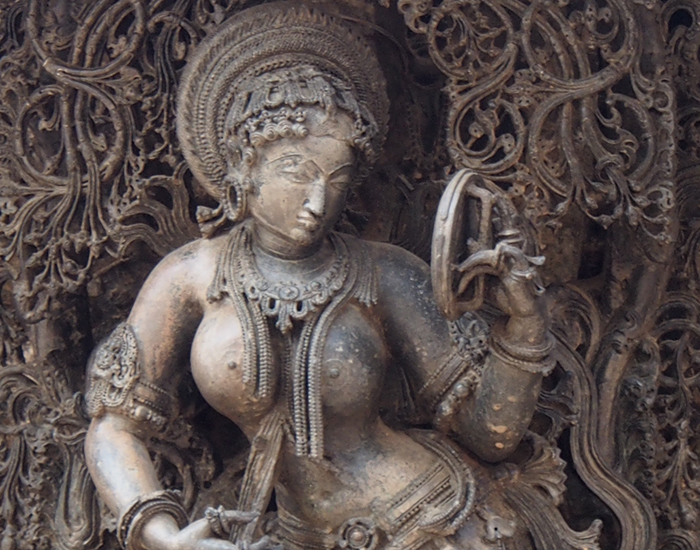 Madanikas at Chennakeshava Temple, Belur
Madanikas at Chennakeshava Temple, Belur

COLLECTION
Through the Eye of the Needle: Embroidery and Appliqué in the Subcontinent
Ornamentation has been a key aspect in the long history of craftsmanship in the Indian subcontinent — and this is per...
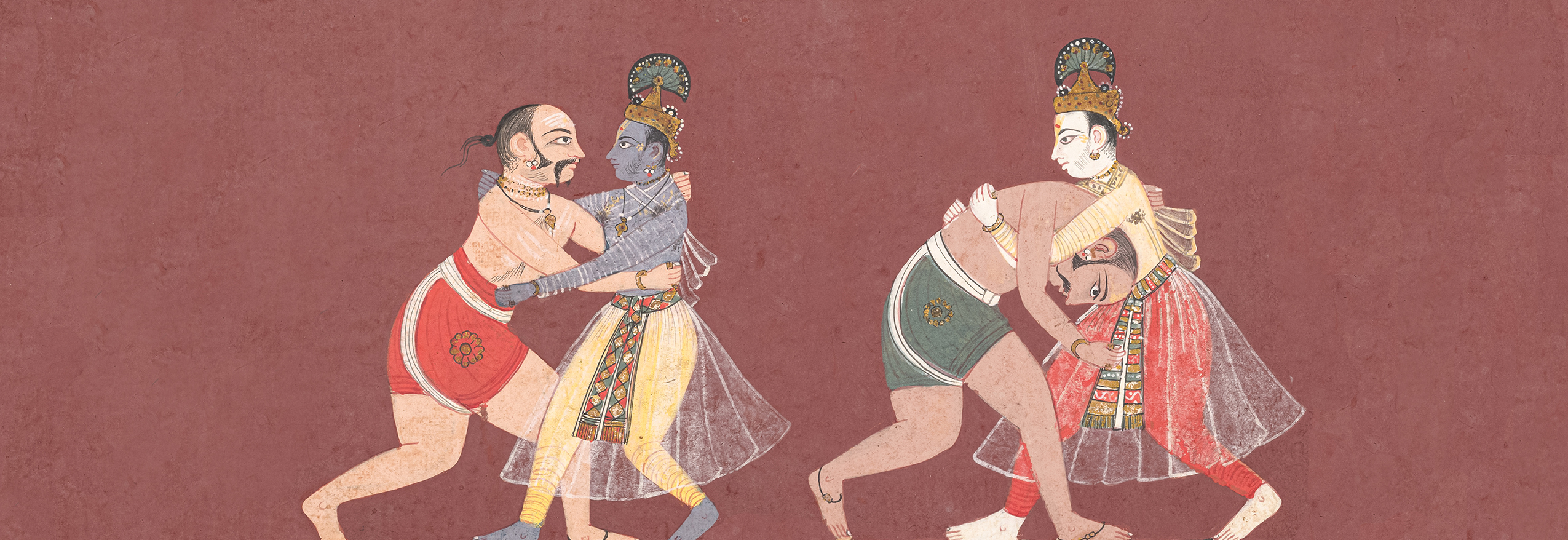
COLLECTION
Customs of Combat: Martial Art Traditions of India
Traditional Indian martial arts combine physical skill with mental discipline and spiritual thought. Varying in style...

COLLECTION
Across Borders: Art Objects that Reveal Cultural Exchange
South Asia’s trade connections by land and sea have shaped the region’s art and culture in varied and subtle ways sin...
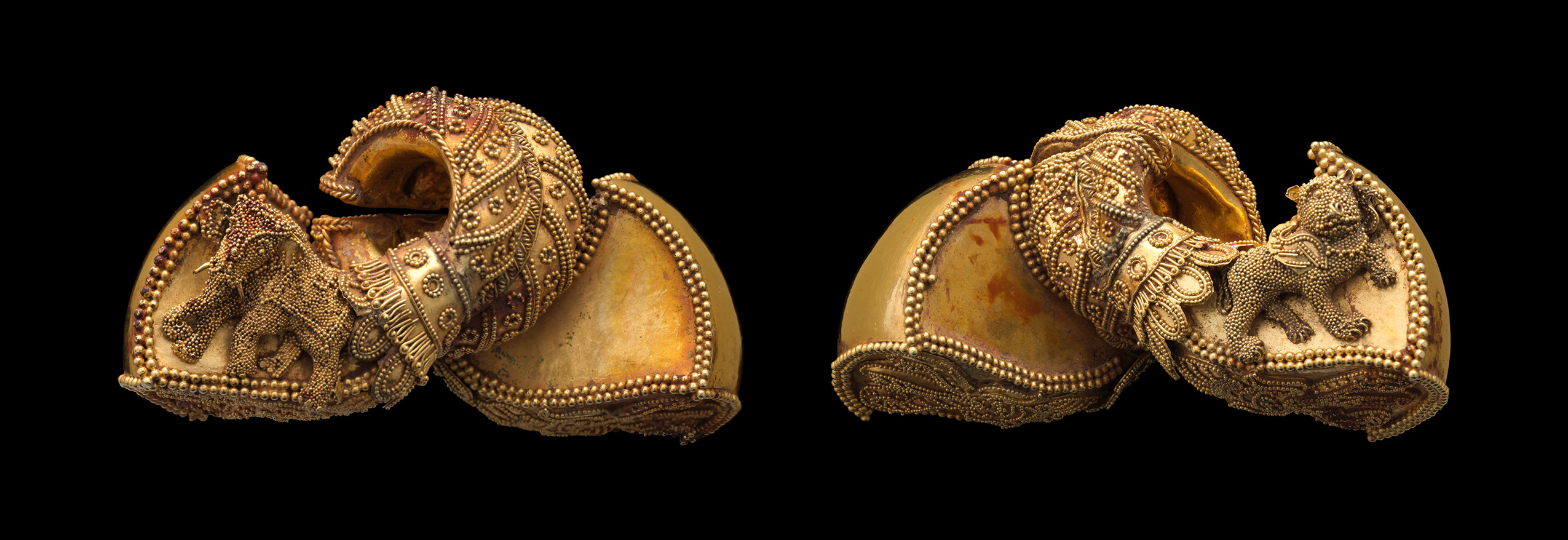
COLLECTION
Jewels for Royalty: Gems and Ornaments from the Indian Subcontinent
Central to traditional costumes and ceremonies in South Asia, elaborate jewellery has a long history in India. Orname...
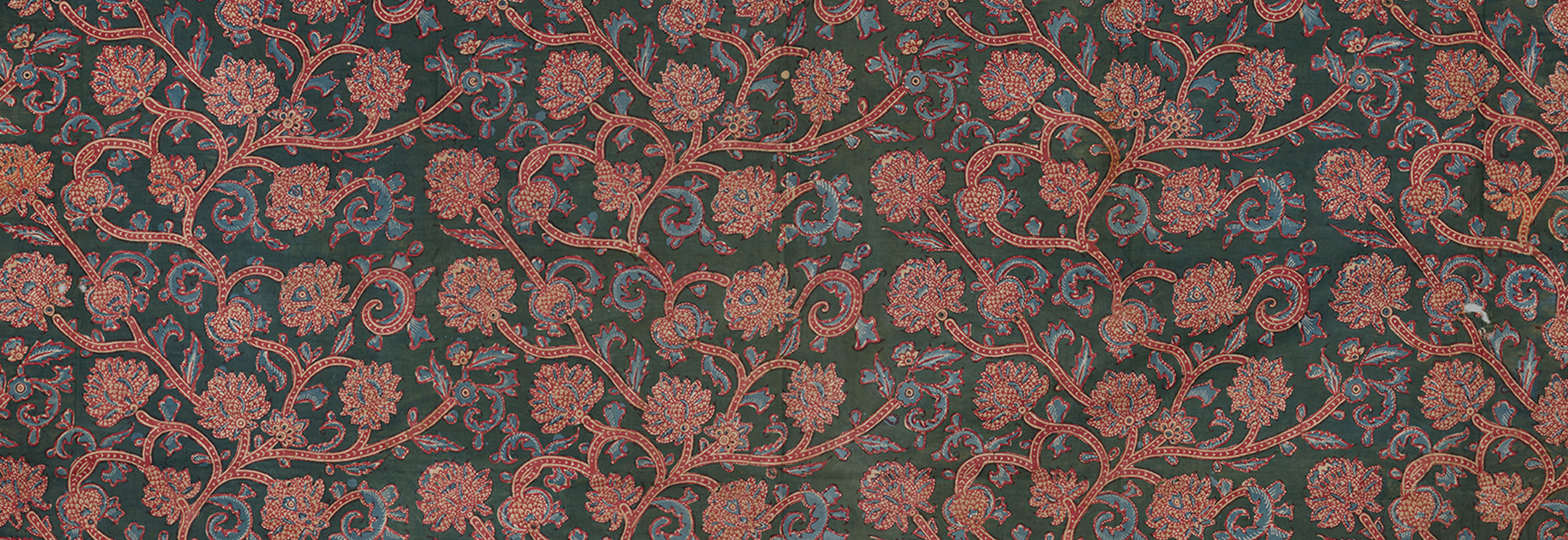
COLLECTION
Woodblock Printing Traditions from across India
The process of stamping designs on fabric using dye-soaked, hand-carved wooden blocks is known as woodblock printing....
Includes 6 articles
 Block Printing
Block Printing
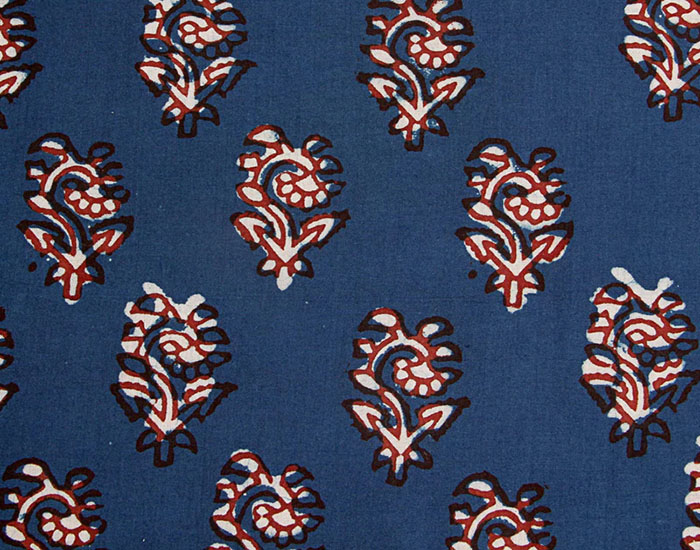 Balotra Printing
Balotra Printing
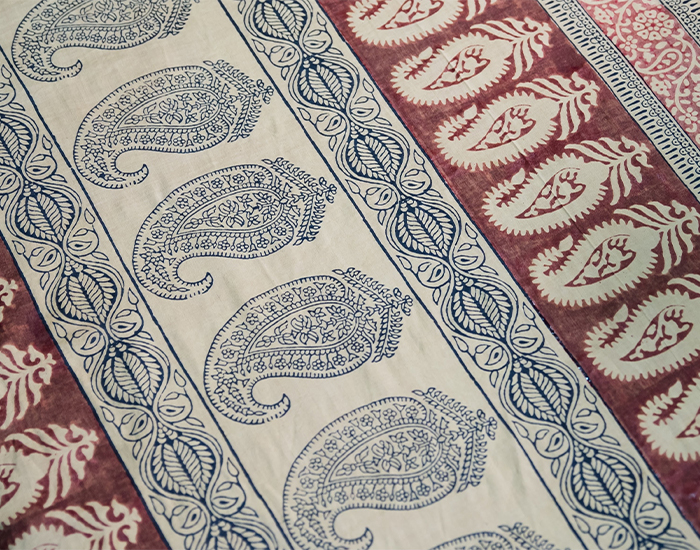 Bagh Print
Bagh Print
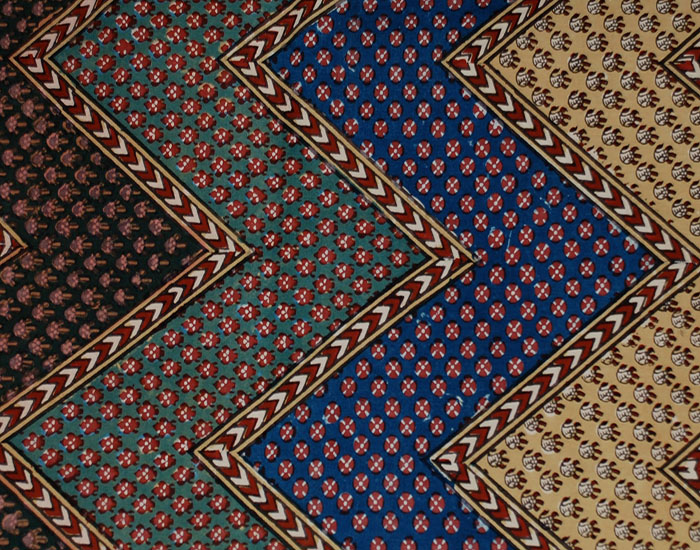 Bagru Printing
Bagru Printing
 Ajrakh
Ajrakh
 Machilipatnam Block Prints
Machilipatnam Block Prints
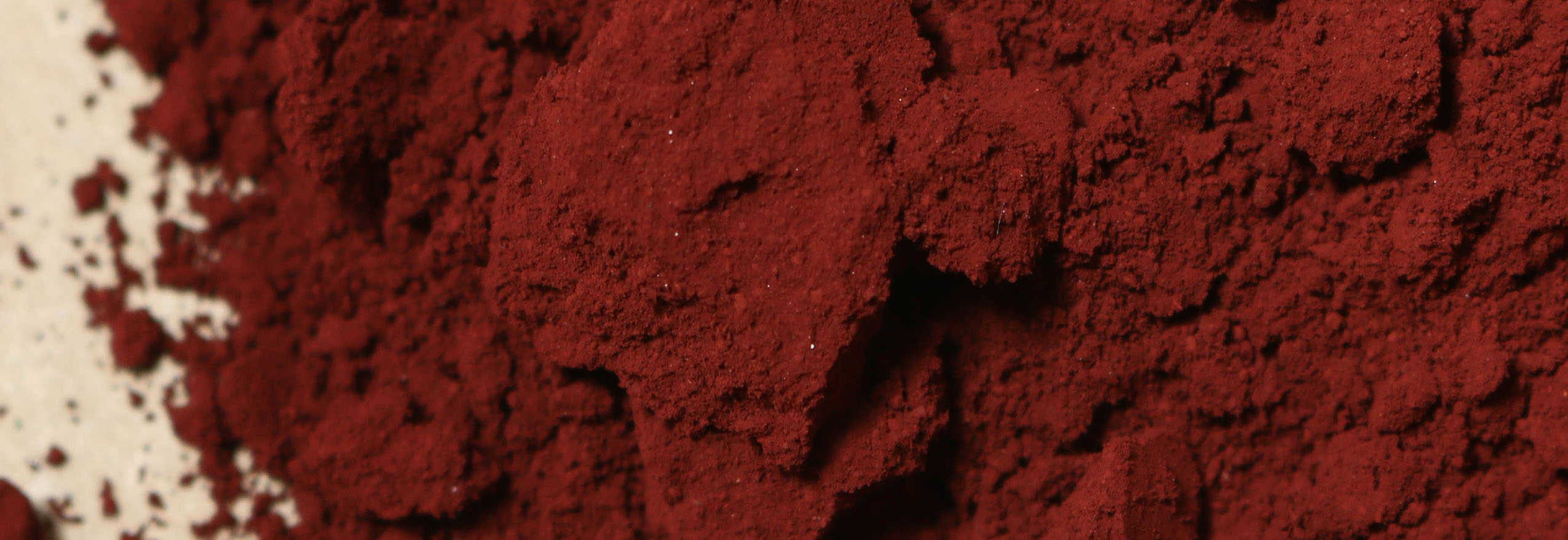
COLLECTION
Understanding South Asia’s Most Recognisable Dyes
Indian textile dyes date back four thousand years, with the earliest evidence being madder-dyed cloth fragments from ...

COLLECTION
Indian mask-making traditions are typically practised by specific non-dominant castes or Adivasi communities. They ar...
Includes 7 articles
 Theyyam Masks
Theyyam Masks
 Bhaona Masks
Bhaona Masks
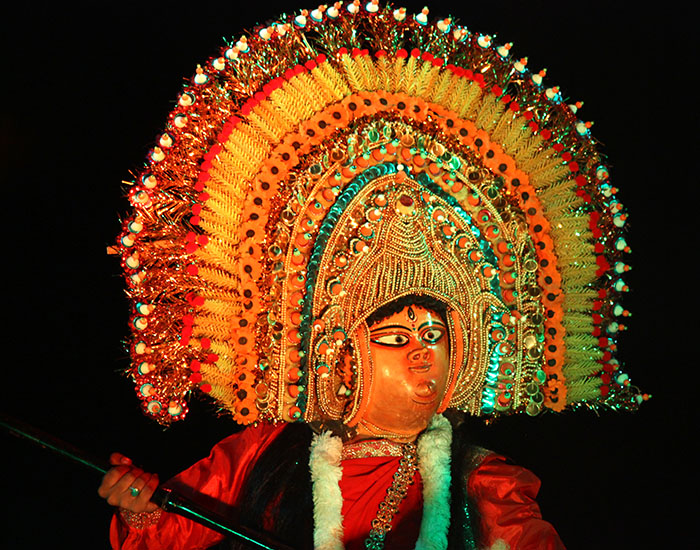 Chhau Masks
Chhau Masks
 Cham Masks
Cham Masks
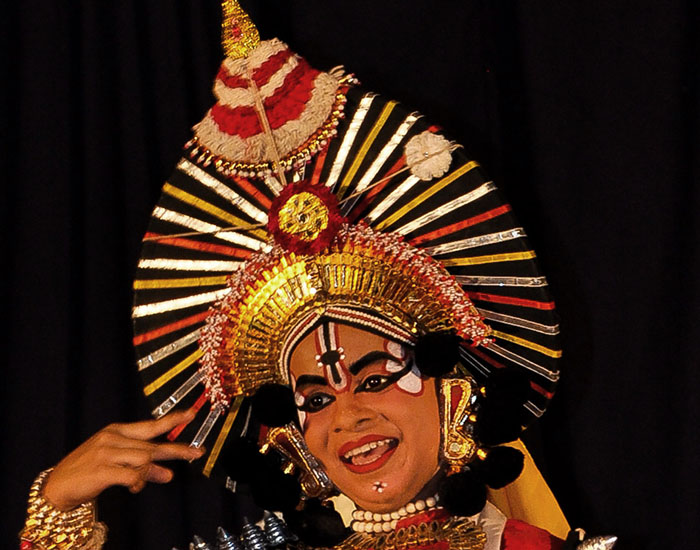 Bayalata Masks
Bayalata Masks
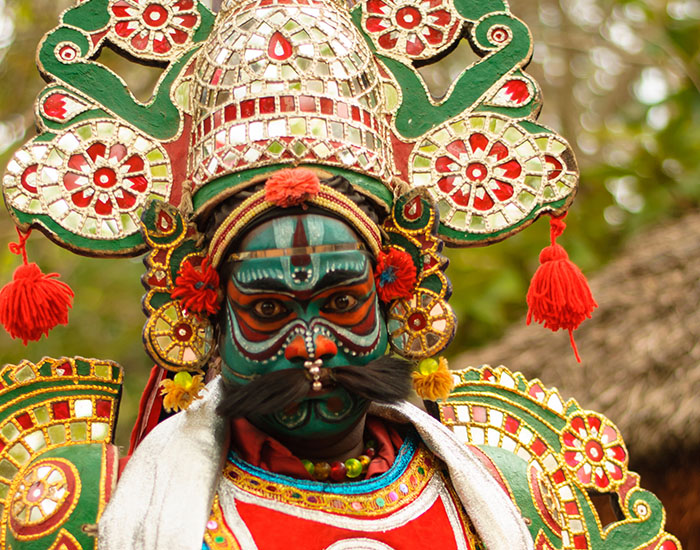 Therukoothu Masks
Therukoothu Masks
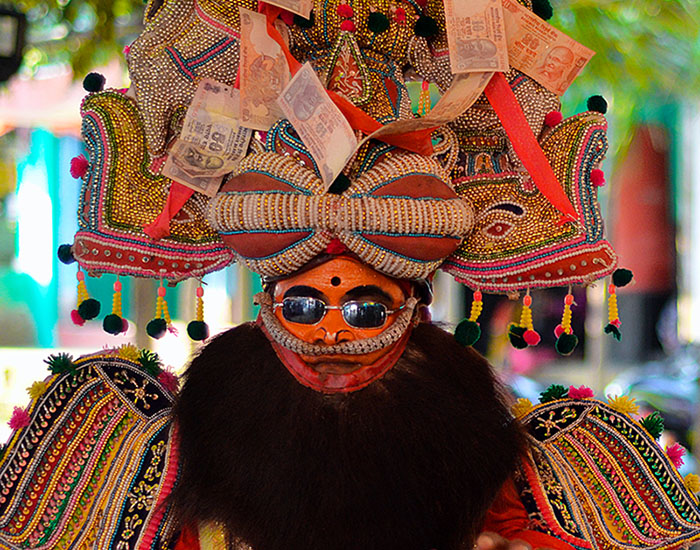 Prahlad Natak Masks
Prahlad Natak Masks
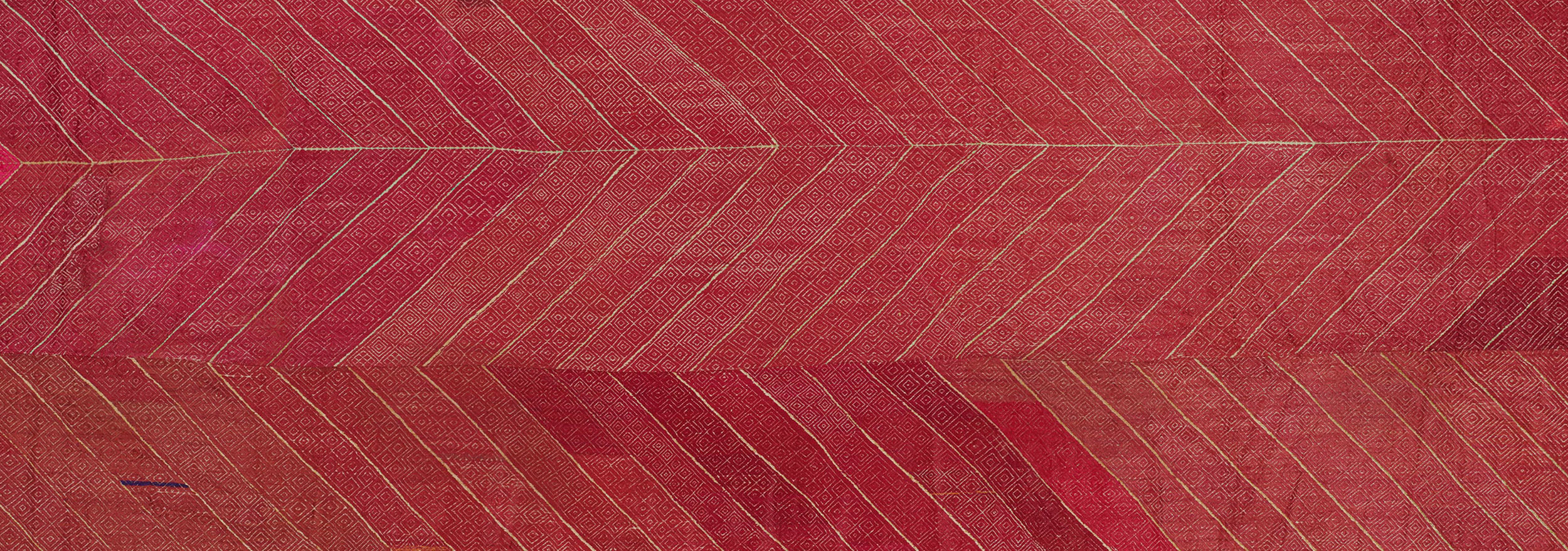
COLLECTION
Textile Traditions from Punjab: Phulkaris and Baghs
Two closely linked embroidery traditions historically practiced by the women of undivided Punjab since the late medie...
COLLECTION
Sacred Gestures: Mudras in Buddhist Iconography
Mudras are a set of hand gestures that serve as symbols in Buddhist art and iconography, representing the Buddha’s va...
Includes 6 articles
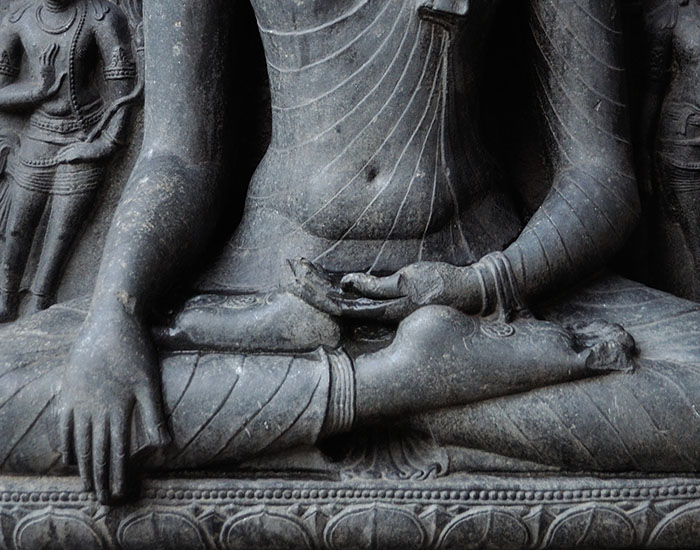 Bhumisparsha Mudra
Bhumisparsha Mudra
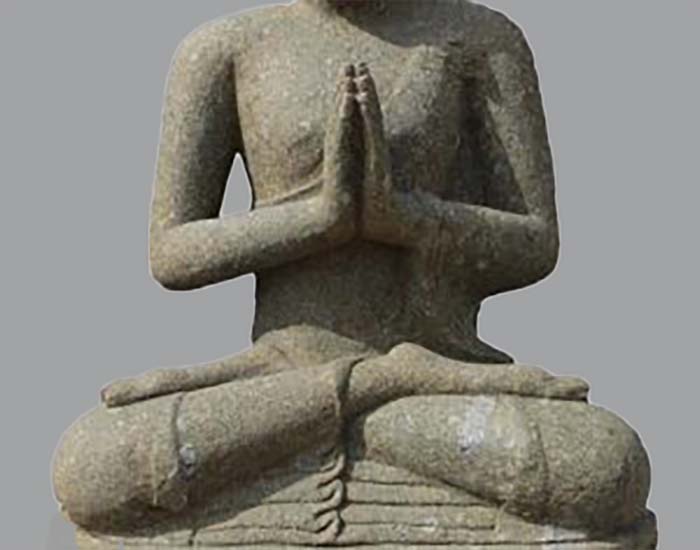 Anjali Mudra
Anjali Mudra
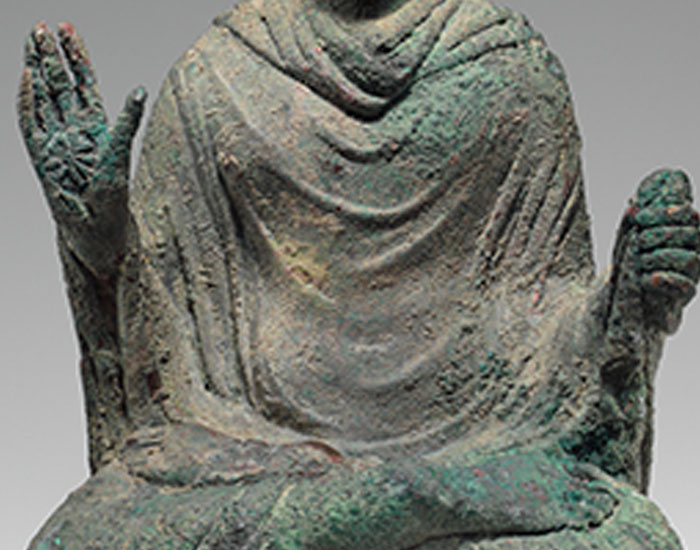 Abhaya Mudra
Abhaya Mudra
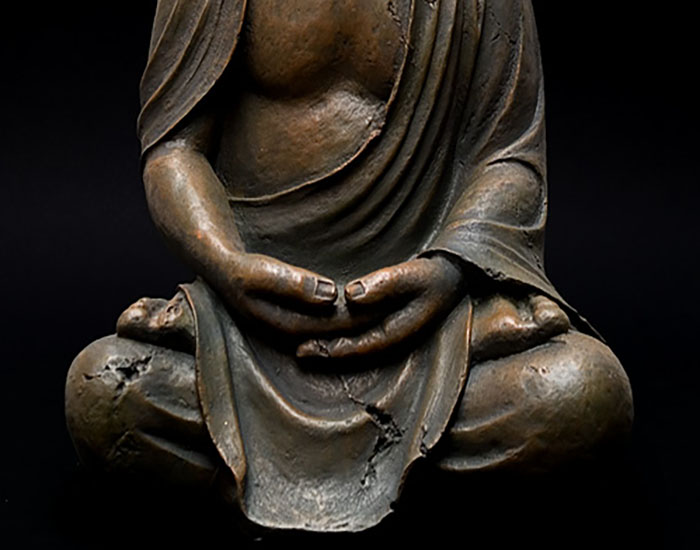 Dhyana Mudra
Dhyana Mudra
 Dharmachakra Mudra
Dharmachakra Mudra
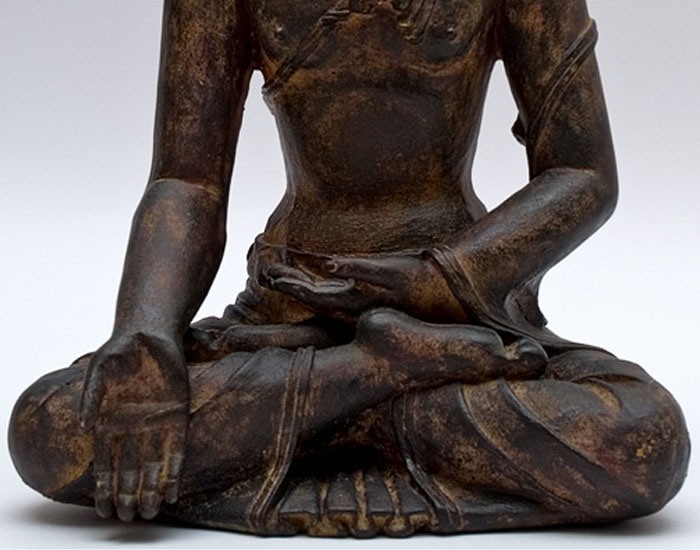 Varada Mudra
Varada Mudra
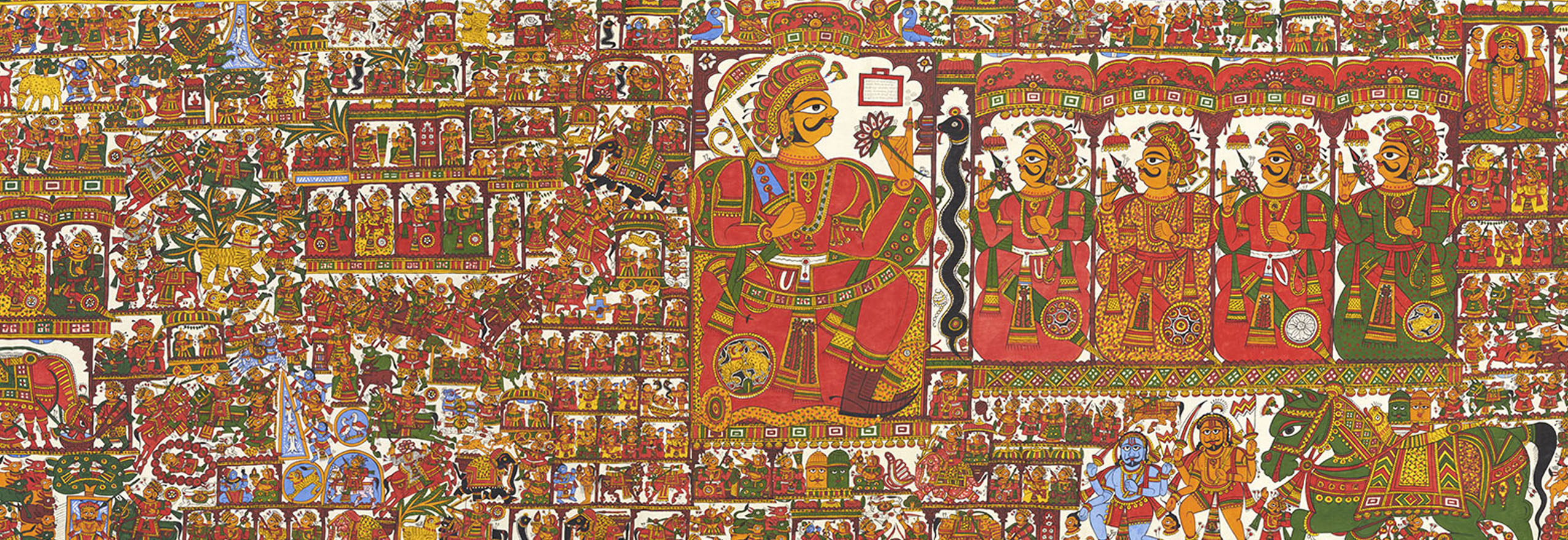
COLLECTION
Portable Paintings: Storytelling and Worship
Folk painting traditions in India are distinct from murals and illustrated manuscripts because they are intended for ...
Includes 7 articles
 Patua
Patua
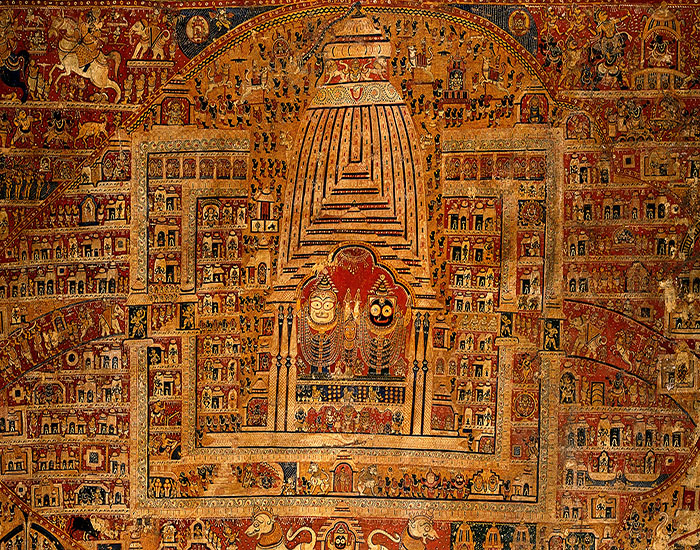 Patachitra
Patachitra
 Mata ni Pachedi
Mata ni Pachedi
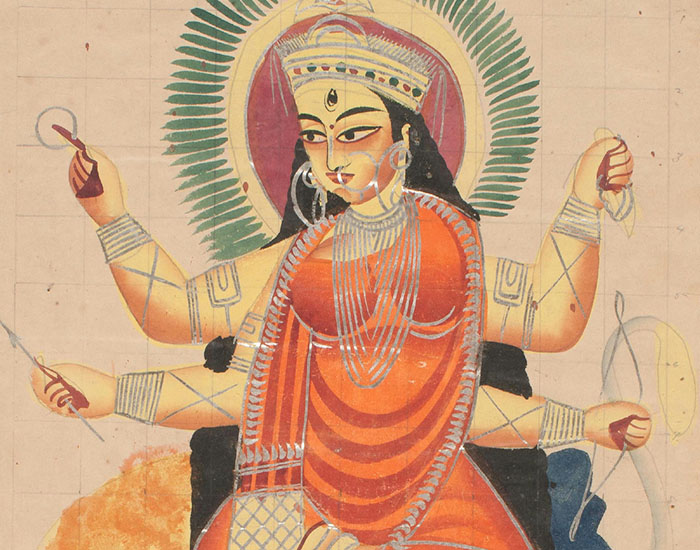 Kalighat Painting
Kalighat Painting
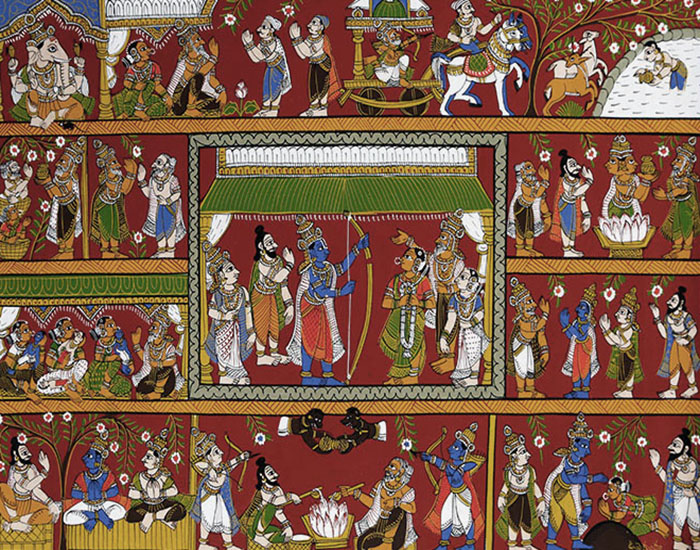 Cheriyal Scroll Painting
Cheriyal Scroll Painting
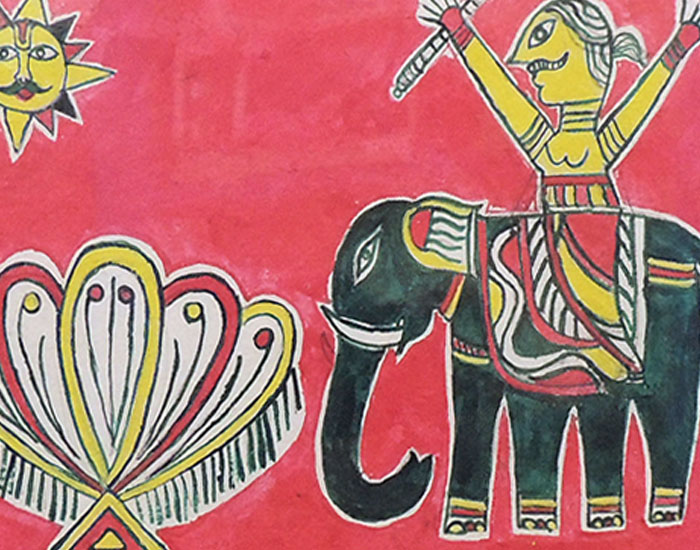 Manjusha Painting
Manjusha Painting
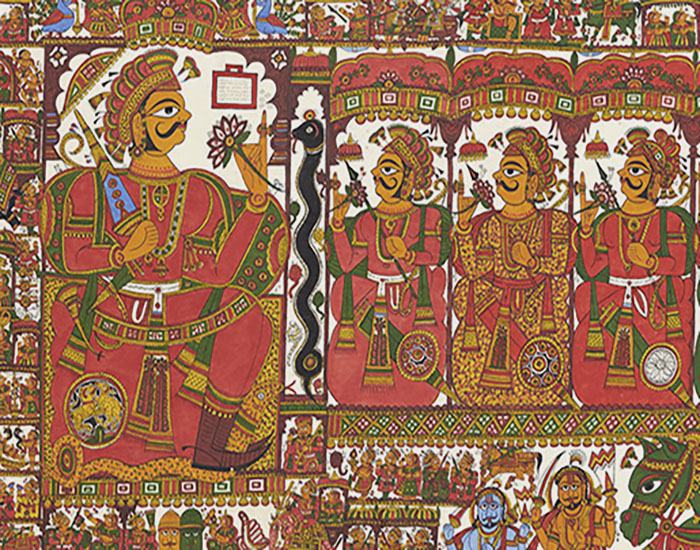 Phad Painting
Phad Painting
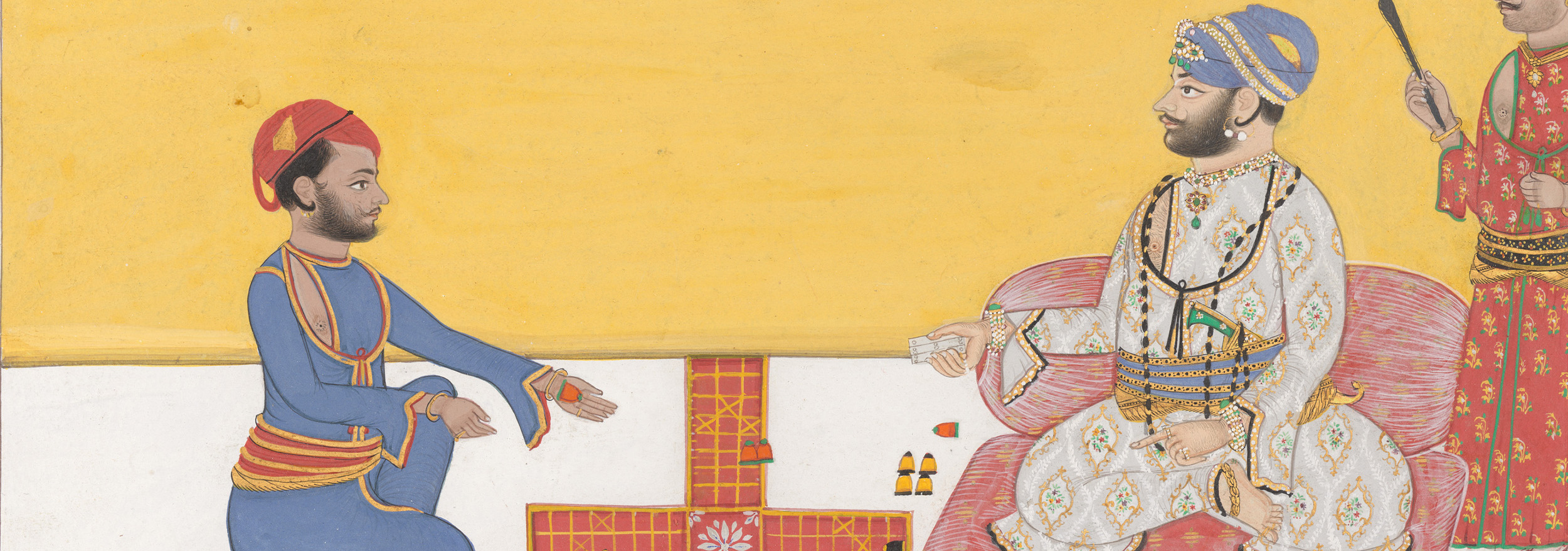
COLLECTION
Popular Games that Originated in India
The Indian subcontinent is home to several traditional tabletop games, including some that have come to be known by o...
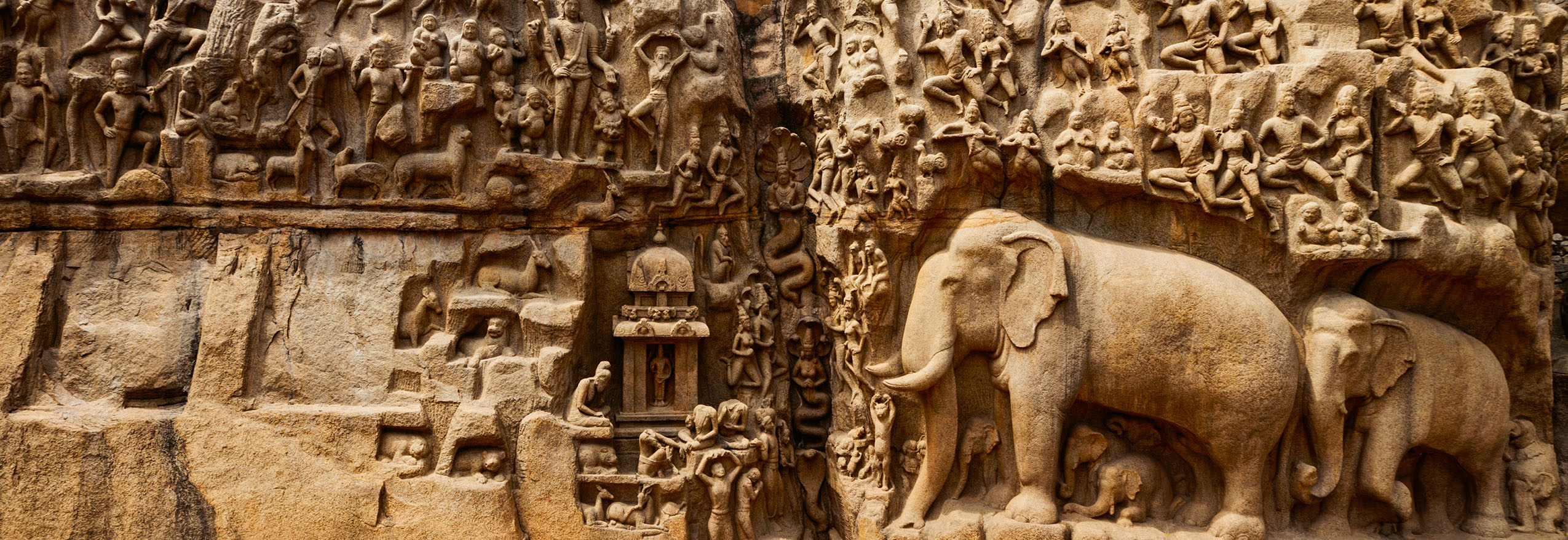
COLLECTION
Monolithic Sculpture and Architecture
A sculpture or building made by cutting a single piece of rock into the desired shape is called a monolith. Monolithi...
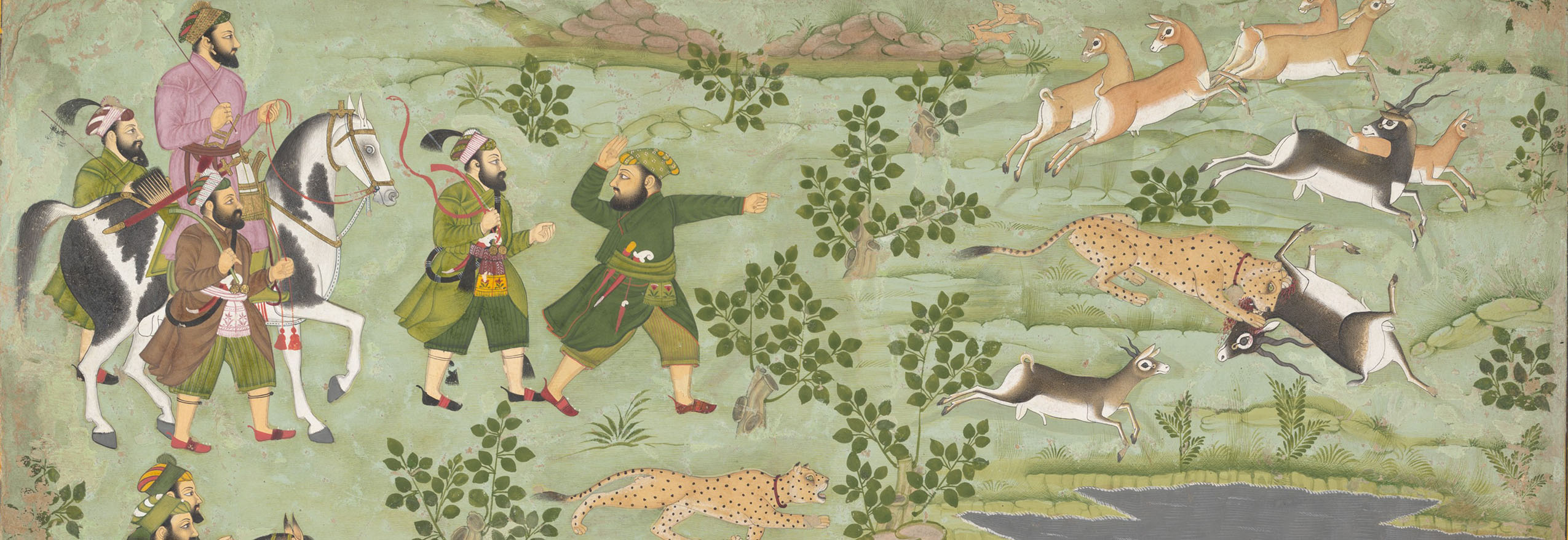
COLLECTION
Major Schools of Indian Miniature Painting
Known for their intricacy and small scale, miniature paintings in medieval India were composed into personal albums (...
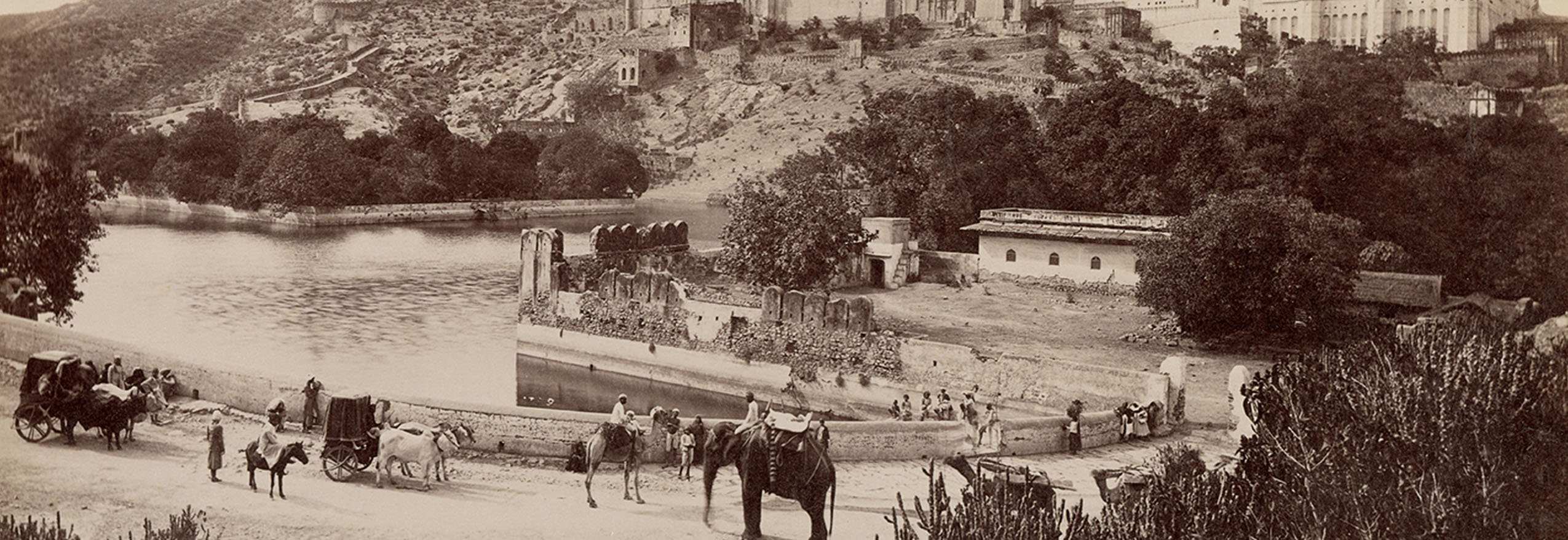
COLLECTION
Indian Photographers Working in the Colonial Era
Early Indian photographers were usually hobbyists from wealthy families, as they had access to the equipment and leis...

COLLECTION
Hot Buttons: Art Objects with Contested Meanings
Re-discovered art objects from pre-modern India provide valuable clues about the artistic styles, patronage, material...

COLLECTION
Hand Woven and Hand-Knotted: Carpets and Rugs
Dating back to the tenth century, traditional Indian hand-knotted carpets and rugs rose to prominence in the sixteent...
Includes 7 articles
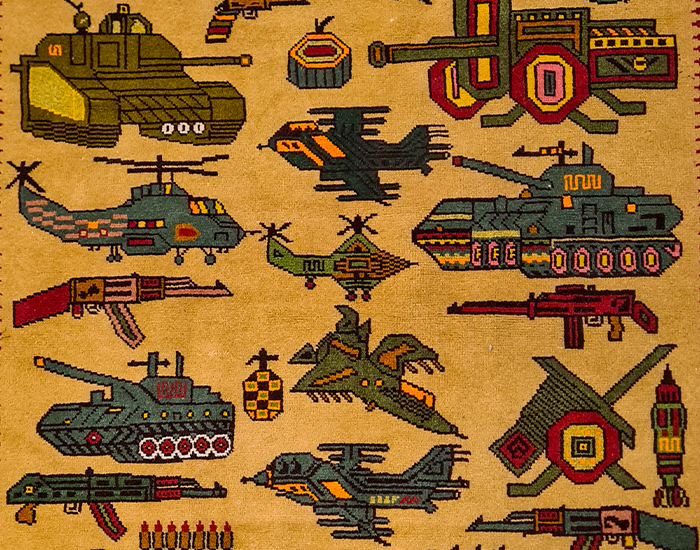 Afghan War Rugs
Afghan War Rugs
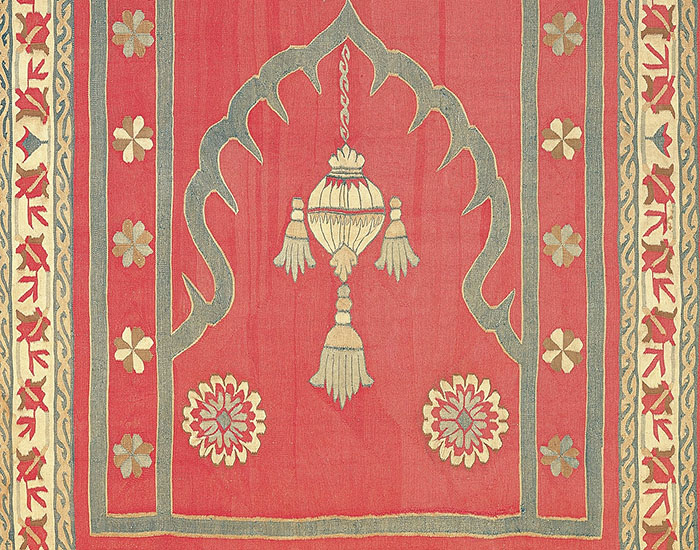 Dhurrie Weaving
Dhurrie Weaving
 Kerman Carpets
Kerman Carpets
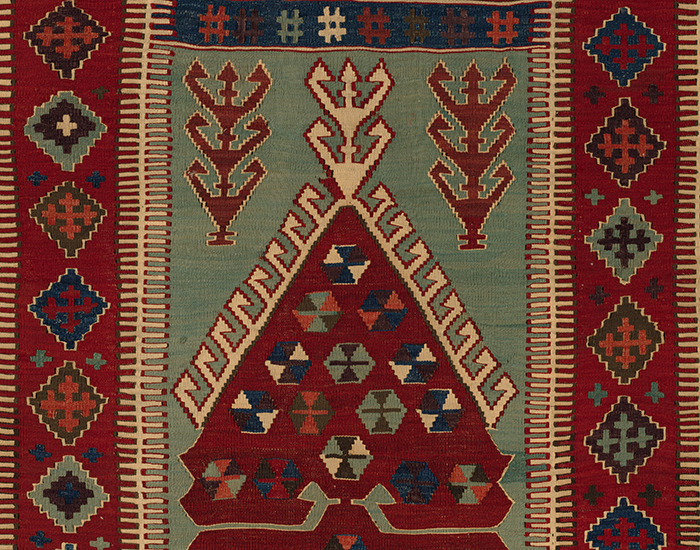 Kilim
Kilim
 Namda
Namda
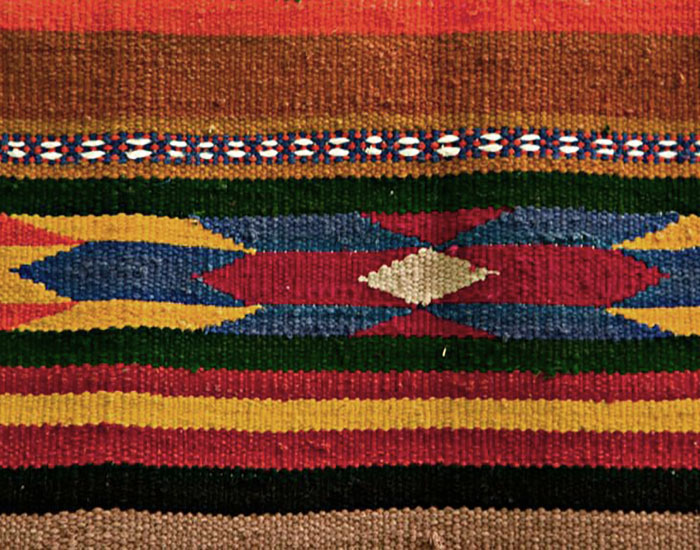 Navalgund Dhurries
Navalgund Dhurries
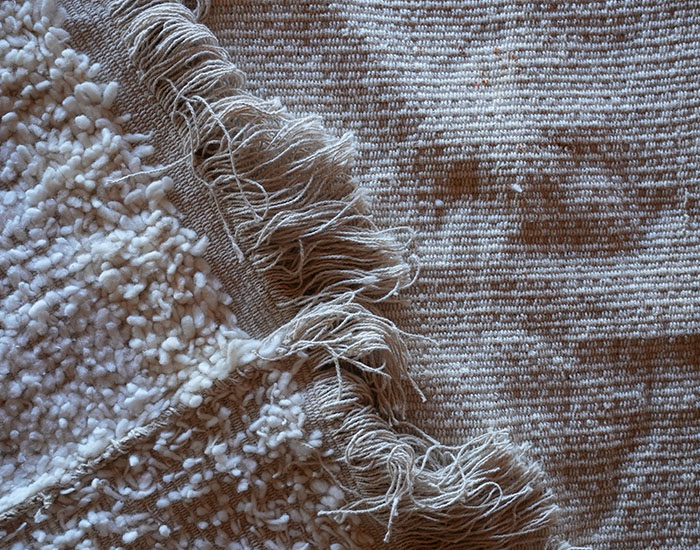 Mising Gadu
Mising Gadu
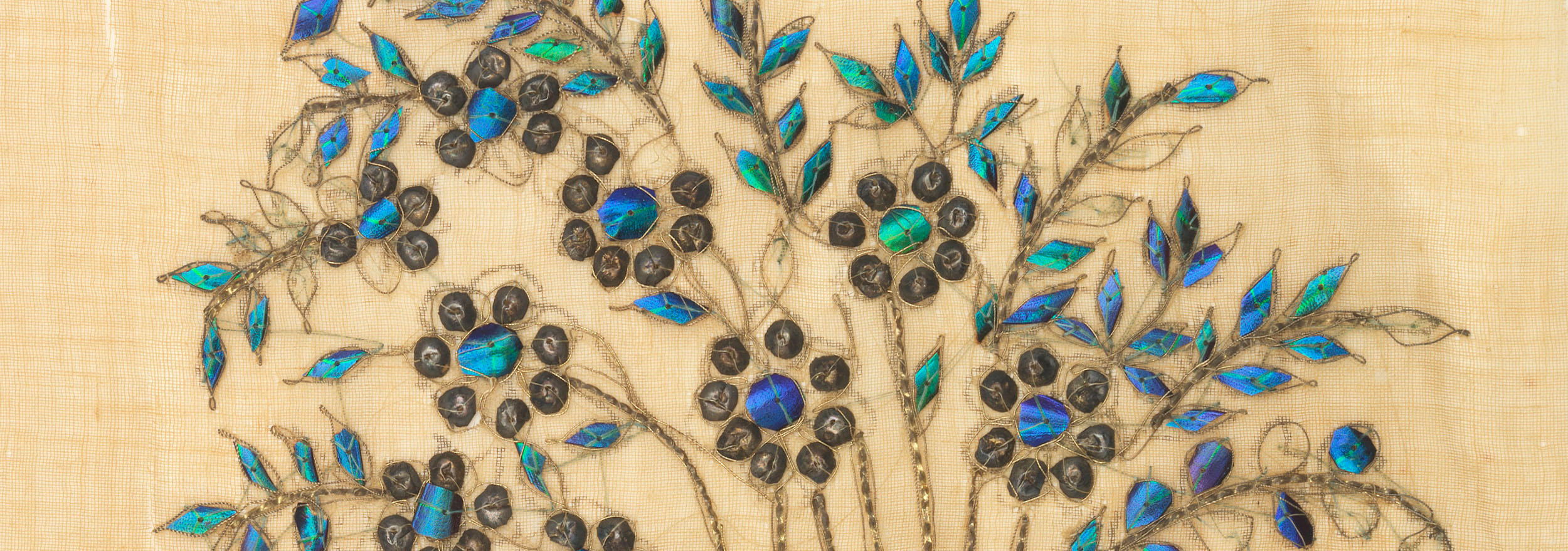
COLLECTION
Gold, Talismans and Beetle Wings: Ornamentation in Indian Art
The decorative aspect of an art object is crucial to most Indian crafts, and is central to traditional beliefs about ...
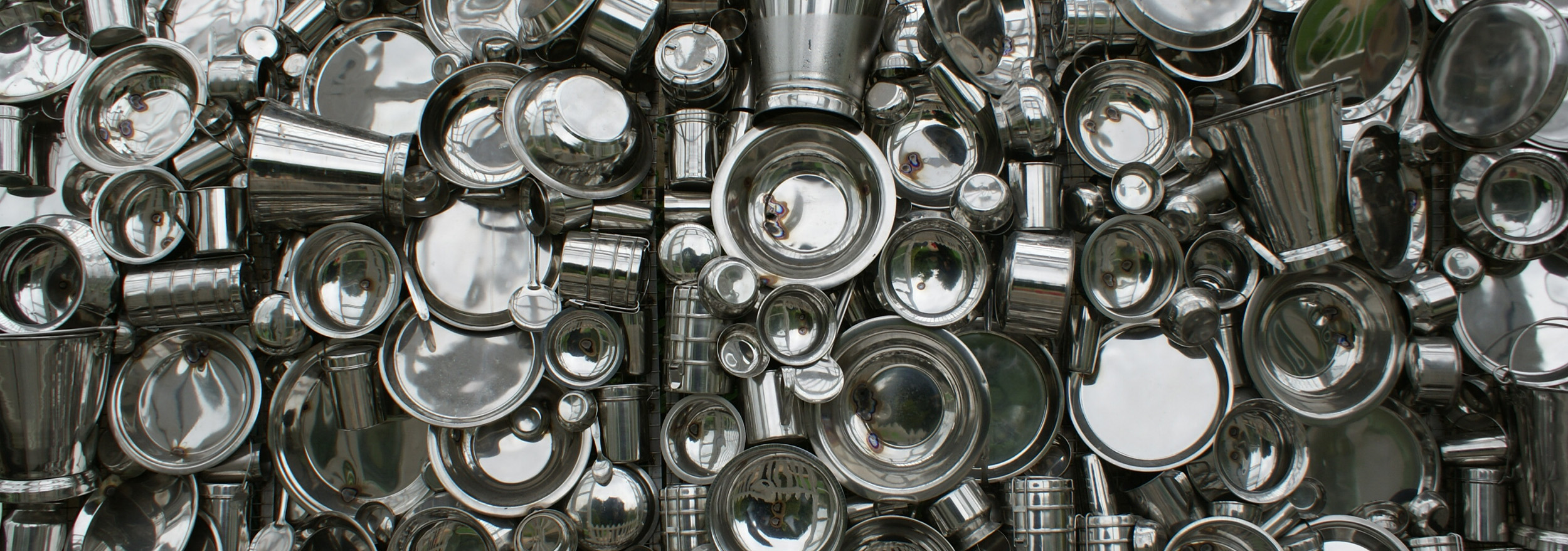
COLLECTION
Get to Know the Artists Who Emerged during the Indian Art Boom
A major result of the liberalisation of the Indian economy in 1991 was a surge in economic and cultural exchange betw...

COLLECTION
Early Photo Studios in Pre-Independence India
Introduced to India in the mid-nineteenth century by British officers, photography was meant to aid in anthropologica...
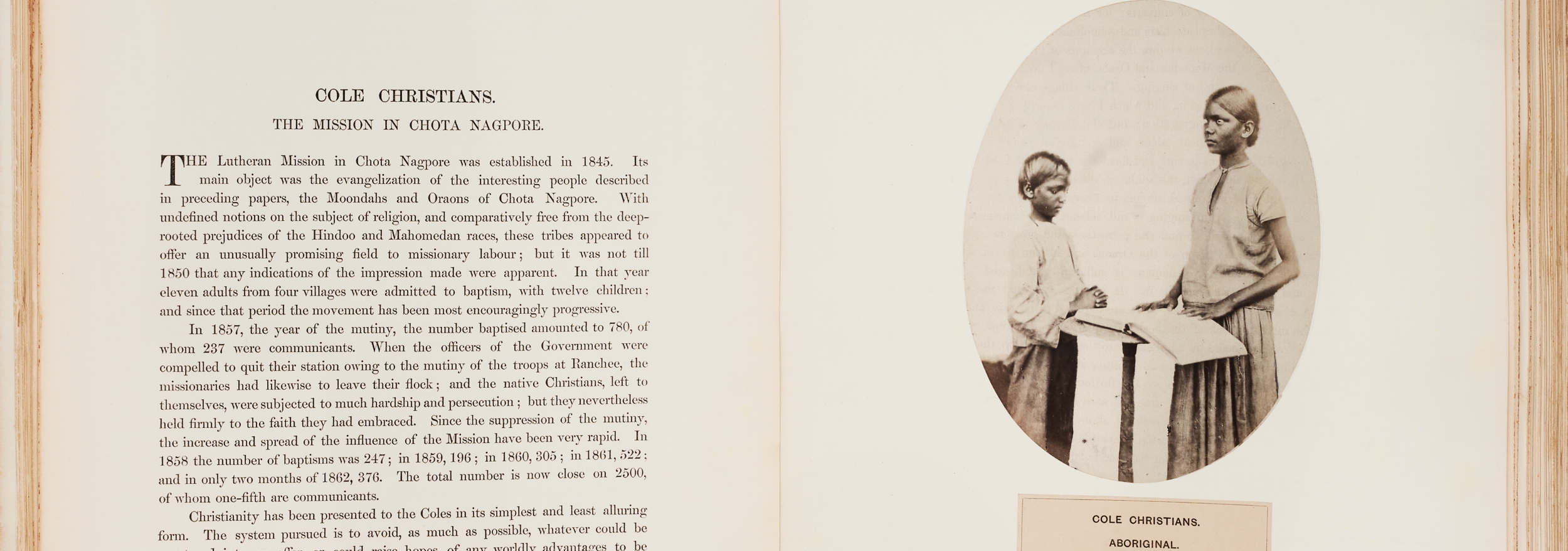
COLLECTION
Early Photo Albums from the British Raj
Photographic albums gained popularity soon after the camera arrived in mid-nineteenth-century India. Beginning in the...
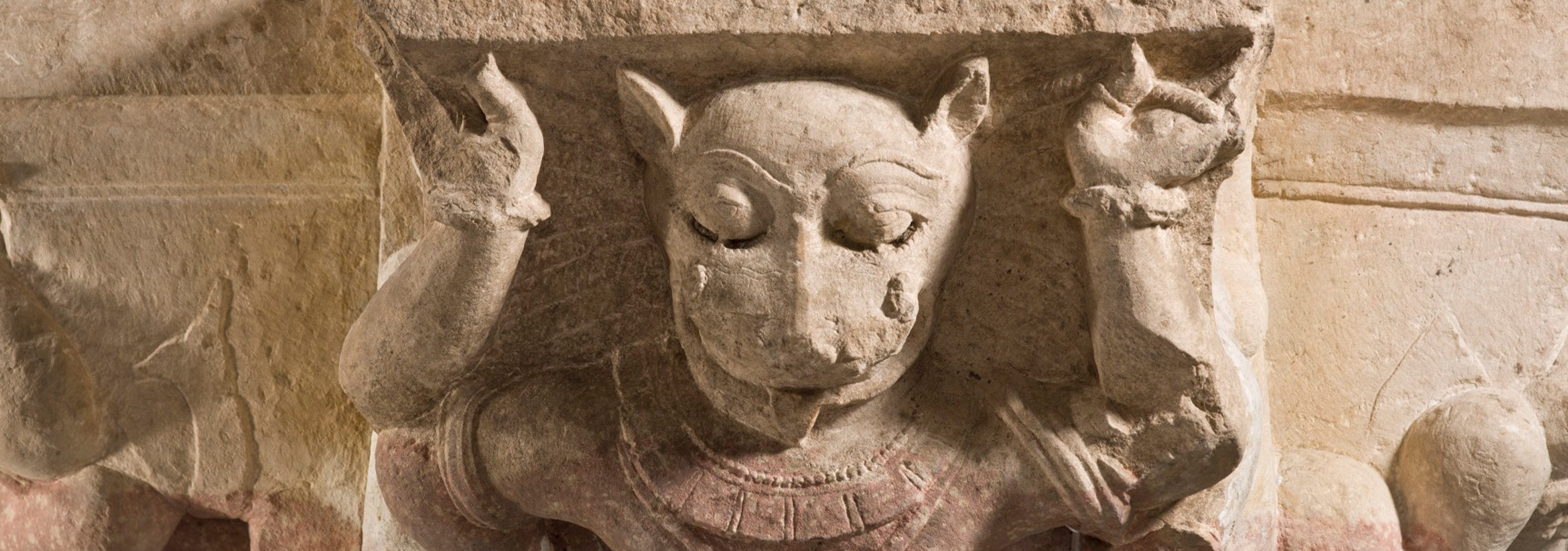
COLLECTION
Doorways and Divinity: Guardian Spirits in South Asian Art
Typically invoked to protect homes, temples or individuals, guardian spirits are a standard presence in Hindu, Buddhi...
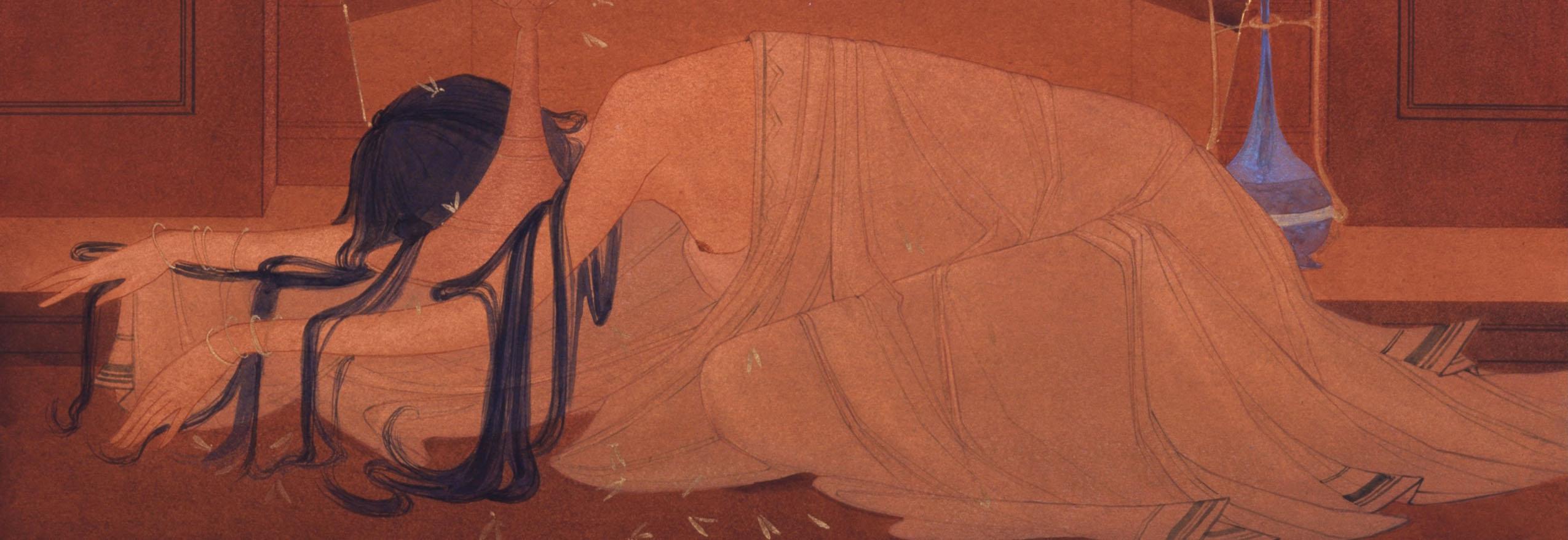
COLLECTION
Bengal Modernism: Revival and Revolution
The Bengal School, as it came to be known, was India’s earliest modern art movement. Revivalist and anti-colonial in ...
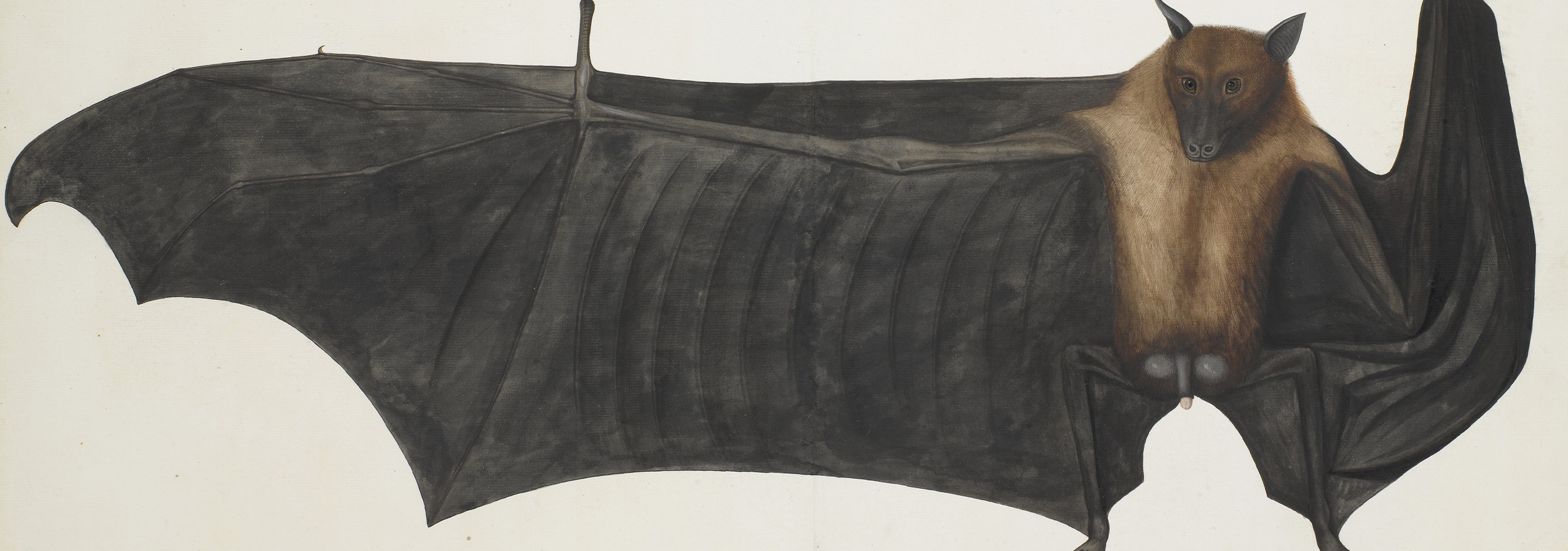
COLLECTION
Company Painting: Art, Empire and Science
A category of artists who emerged out of an interaction between Indian and European culture and scientific exploratio...
India’s international trade history is extensive and it can be divided based on periods and routes. Trade primarily occurred in the Indian Ocean from the Bronze Age onwards and arguably still continues, connecting the Indian peninsula to Southeast Asia, the Persian Gulf ports, the Red Sea ports and the East African coast. The oldest known use of this route was between the Indus Valley cities and ports in ancient Egypt and Mesopotamia, as evidenced by stamp seals, textiles dyed with indigo and madder root, and agate beads.
Following the expansion of the overland and maritime silk routes, Indian trade with the Mediterranean reached its peak in the first century CE, leading to artefacts like an ivory yakshi statue — believed to be from either Bagram or Bharuch — finding its way to Pompeii. Mediaeval Indian Ocean trade, particularly in the case of dyed cotton textiles with kalamkari or block-printed designs, flourished until colonial encroachments in the eighteenth century. Thereafter, Indian goods became models for imitation and alteration during the British Raj, eventually being replaced through mechanisation. This effectively ended the major role that India played in global trade until the country’s economy was liberalised in 1991.
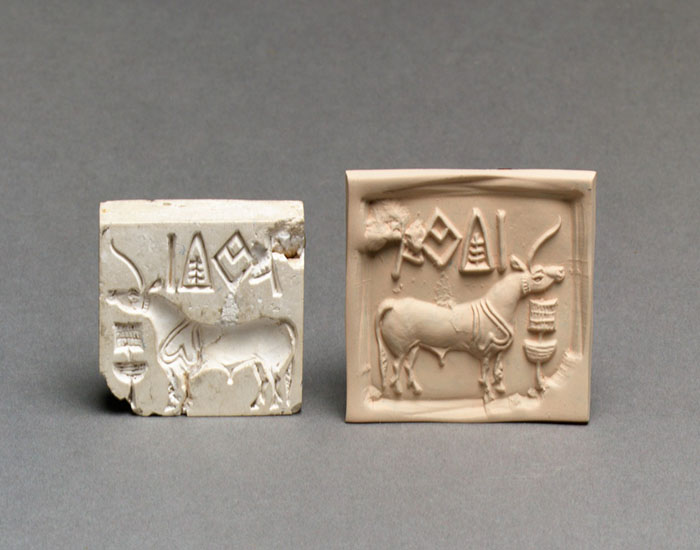
ARTICLE
Square or rectangular objects used for stamping that are typically made from steatite, featuring carvings on the front and a perforated boss on the back, stamp seals are one of the most extensively found cultural artifacts from the…
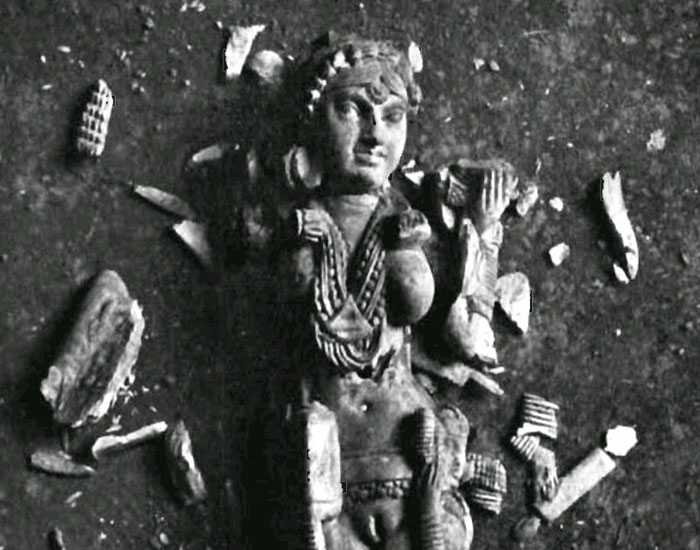
ARTICLE
A carved ivory statuette of a female figure, the Pompeii Lakshmi was recovered during archeological excavations at the site of the ancient Roman city of Pompeii in 1938. The statuette, along with the city, had remained buried under…

ARTICLE
The process of stamping designs and patterns on base fabrics such as cotton or silk using dye-soaked, hand-carved wooden blocks. The technique is central to a variety of printing traditions across India in which blocks are used to…
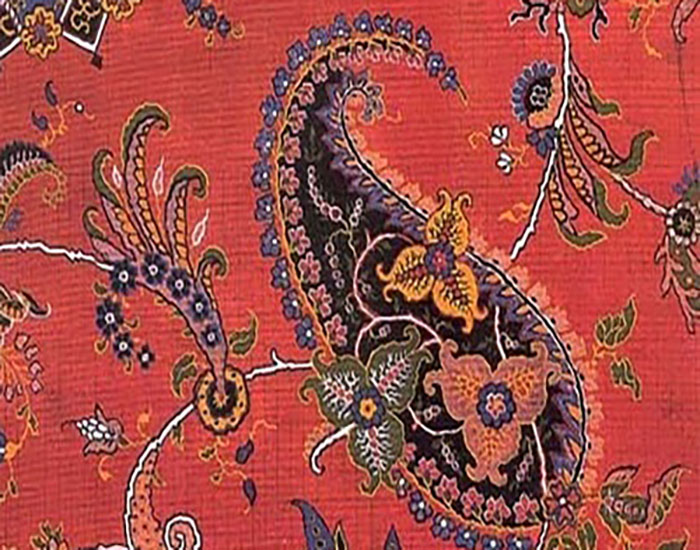
ARTICLE
Recognisable by its stylised almond-like shape, the badaam motif bears visual similarities to the Persian boteh, or buta, and the kairi, or kalka motif. Its name is derived from the Persian term badaam, meaning “almond”. The badaam motif…

ARTICLE
Also known as moksha patam, gyan chaupar is a board game originally played in medieval India and Nepal. The board in gyan chaupar is traditionally made of cloth or paper, and features a series of squares,…
COLLECTIONS
Curated groups of articles from across our Encyclopedia
India’s international trade history is extensive and it can be divided based on periods and routes. Trade primarily occurred in the Indian Ocean from the Bronze Age onwards and arguably still continues, connecting the Indian peninsula to Southeast Asia, the Persian Gulf ports, the Red Sea ports and the East African coast. The oldest known use of this route was between the Indus Valley cities and ports in ancient Egypt and Mesopotamia, as evidenced by stamp seals, textiles dyed with indigo and madder root, and agate beads.
Following the expansion of the overland and maritime silk routes, Indian trade with the Mediterranean reached its peak in the first century CE, leading to artefacts like an ivory yakshi statue — believed to be from either Bagram or Bharuch — finding its way to Pompeii. Mediaeval Indian Ocean trade, particularly in the case of dyed cotton textiles with kalamkari or block-printed designs, flourished until colonial encroachments in the eighteenth century. Thereafter, Indian goods became models for imitation and alteration during the British Raj, eventually being replaced through mechanisation. This effectively ended the major role that India played in global trade until the country’s economy was liberalised in 1991.
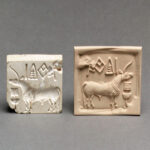
Square or rectangular objects used for stamping that are typically made from steatite, featuring carvings…
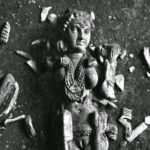
A carved ivory statuette of a female figure, the Pompeii Lakshmi was recovered during archeological…
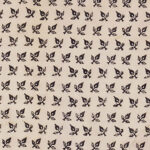
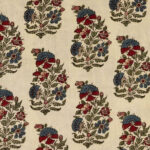
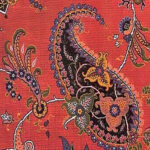
Recognisable by its stylised almond-like shape, the badaam motif bears visual similarities to the Persian…
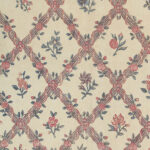
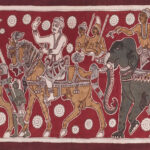
A textile tradition where cotton textiles are traditionally hand-painted with pictorial narratives through a bamboo…
